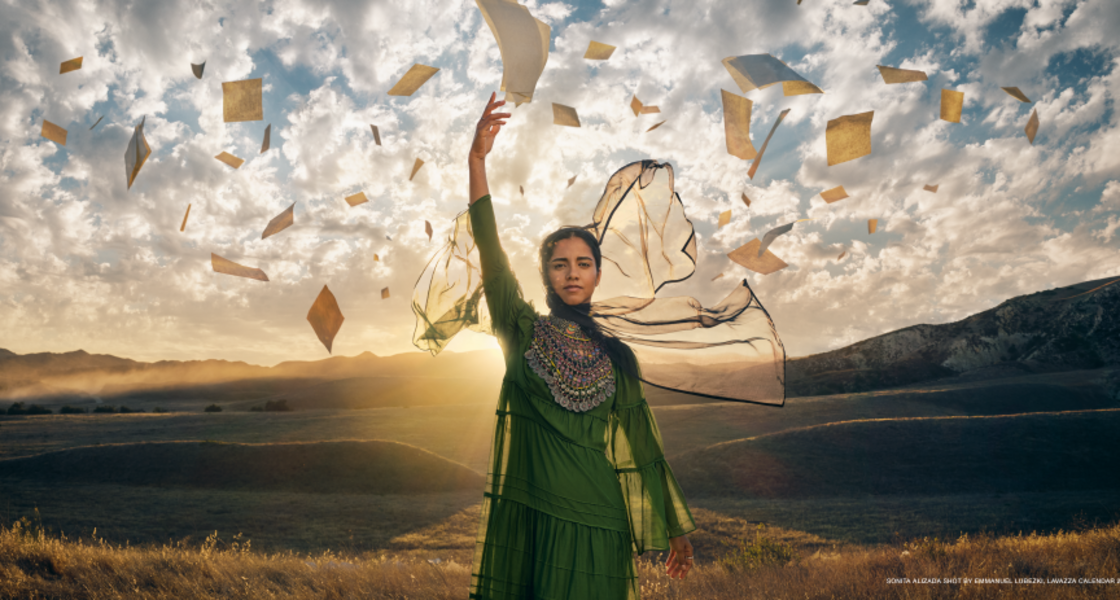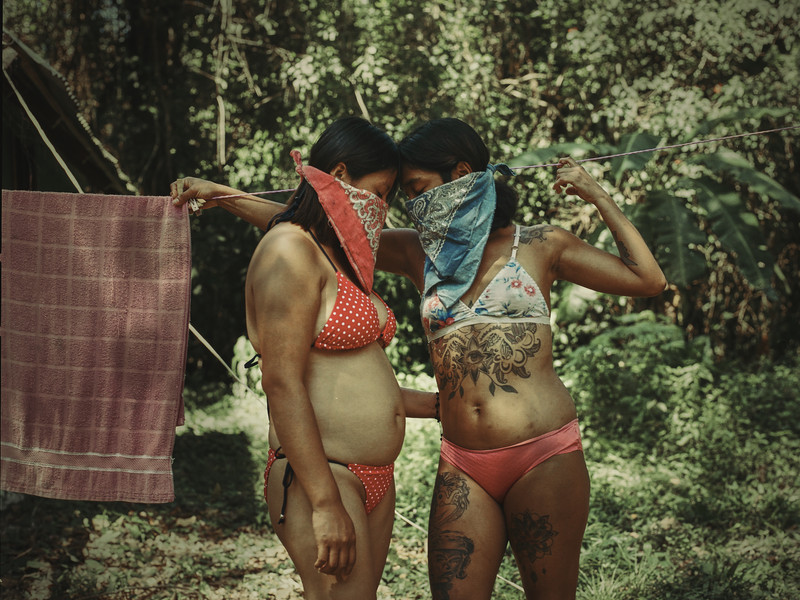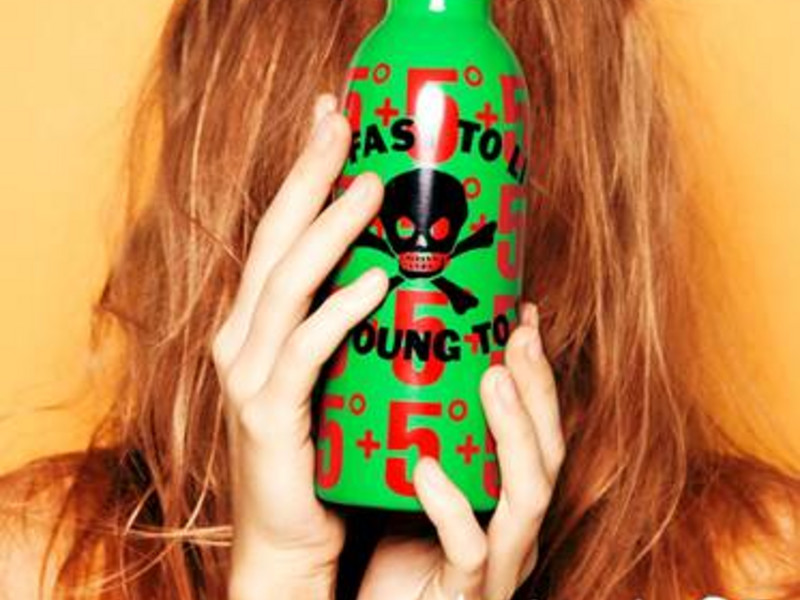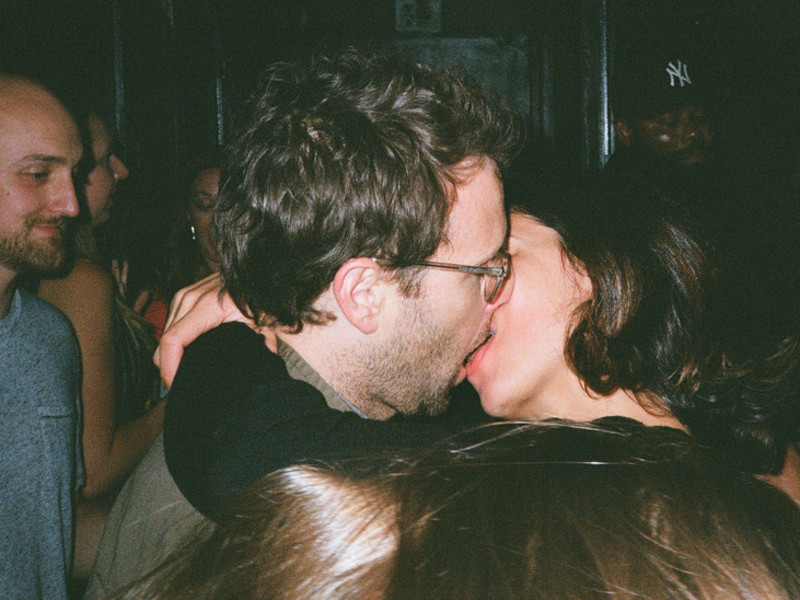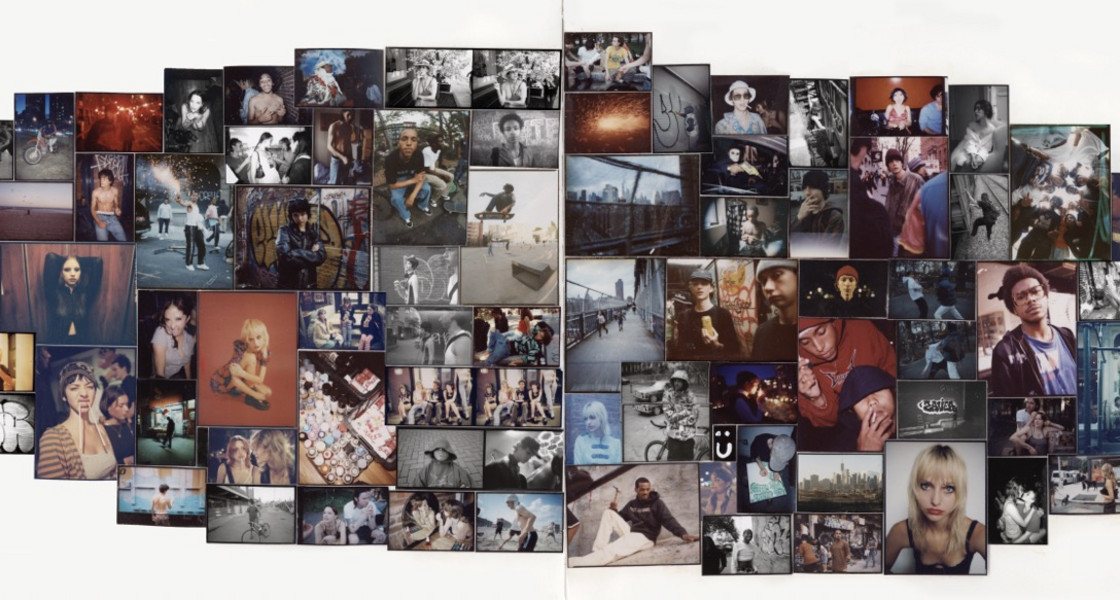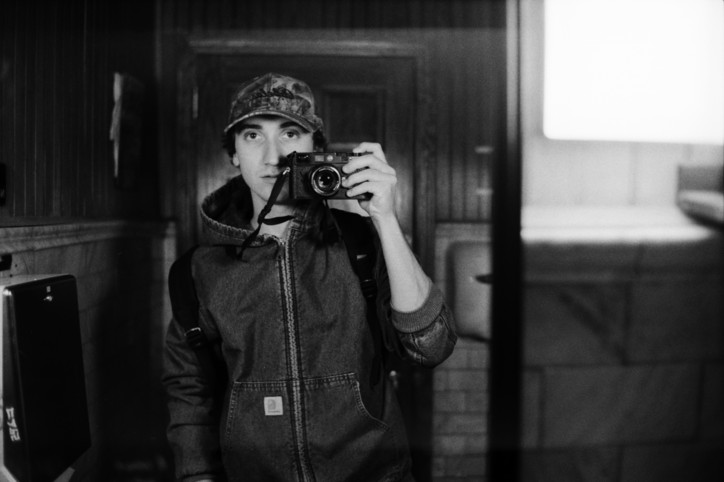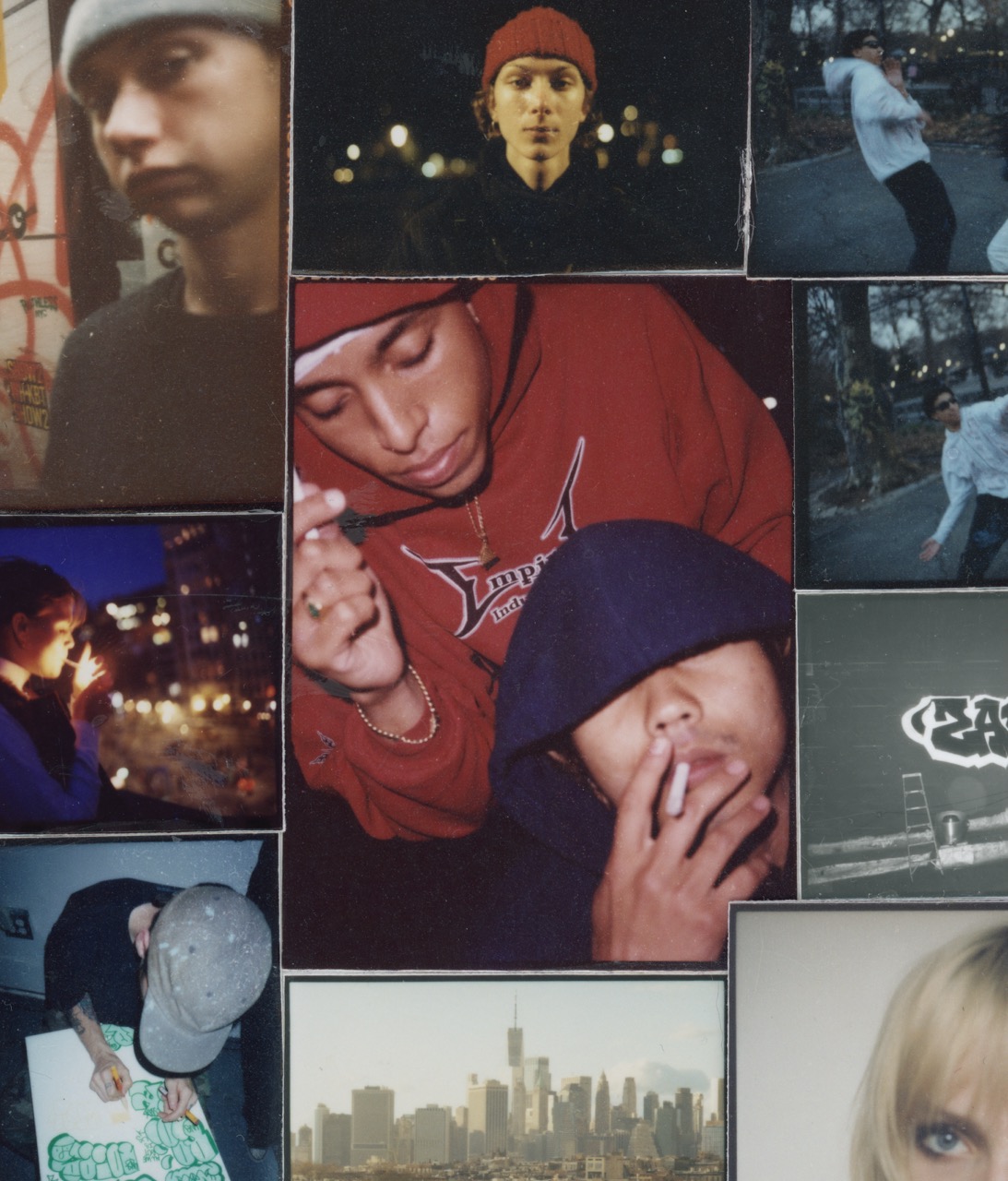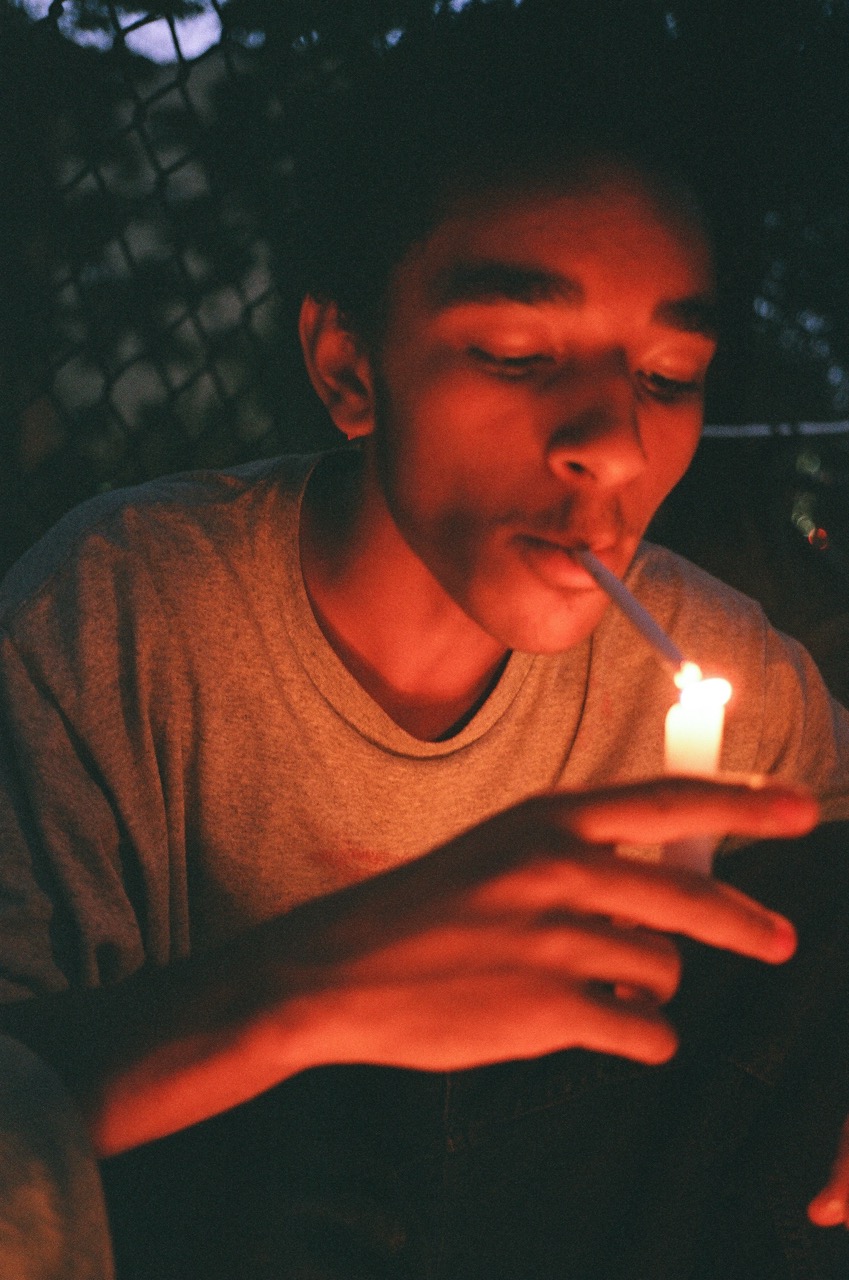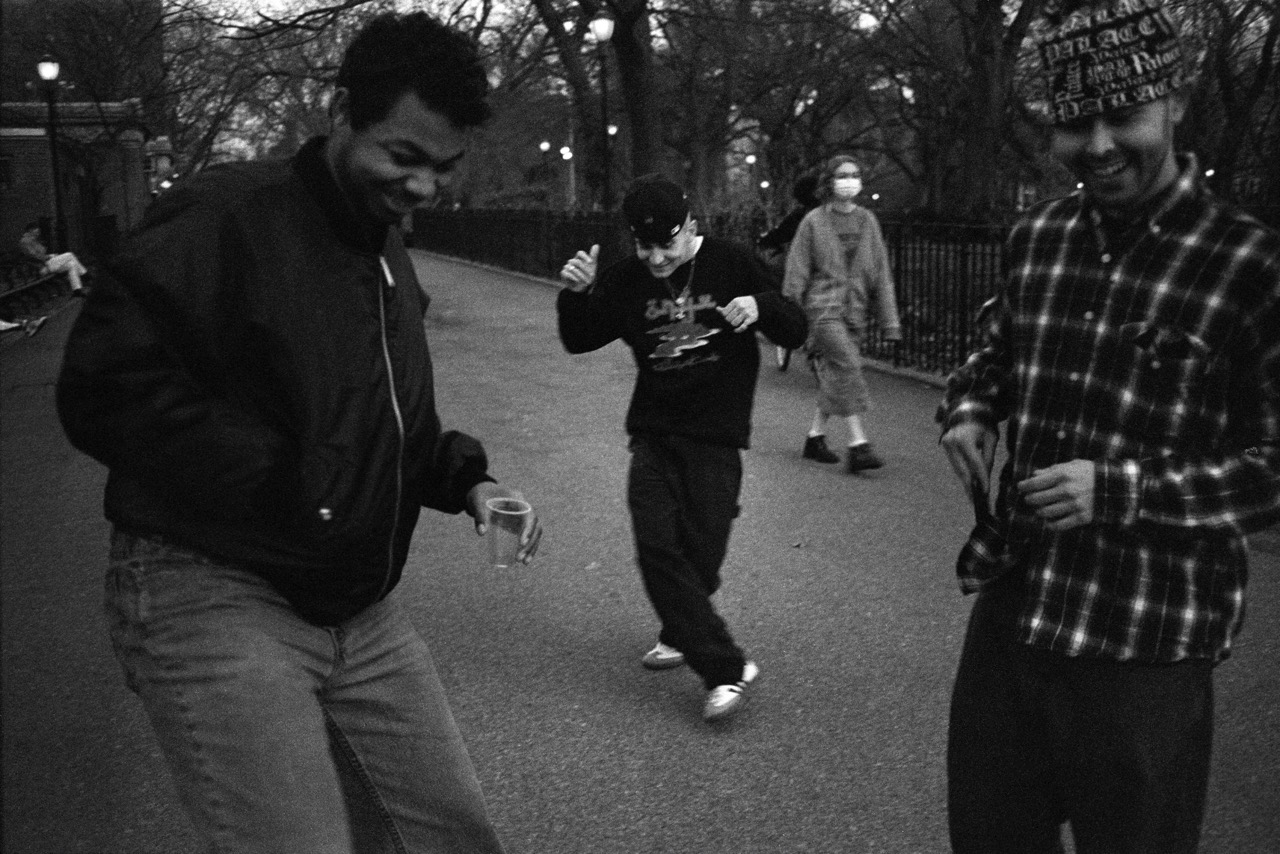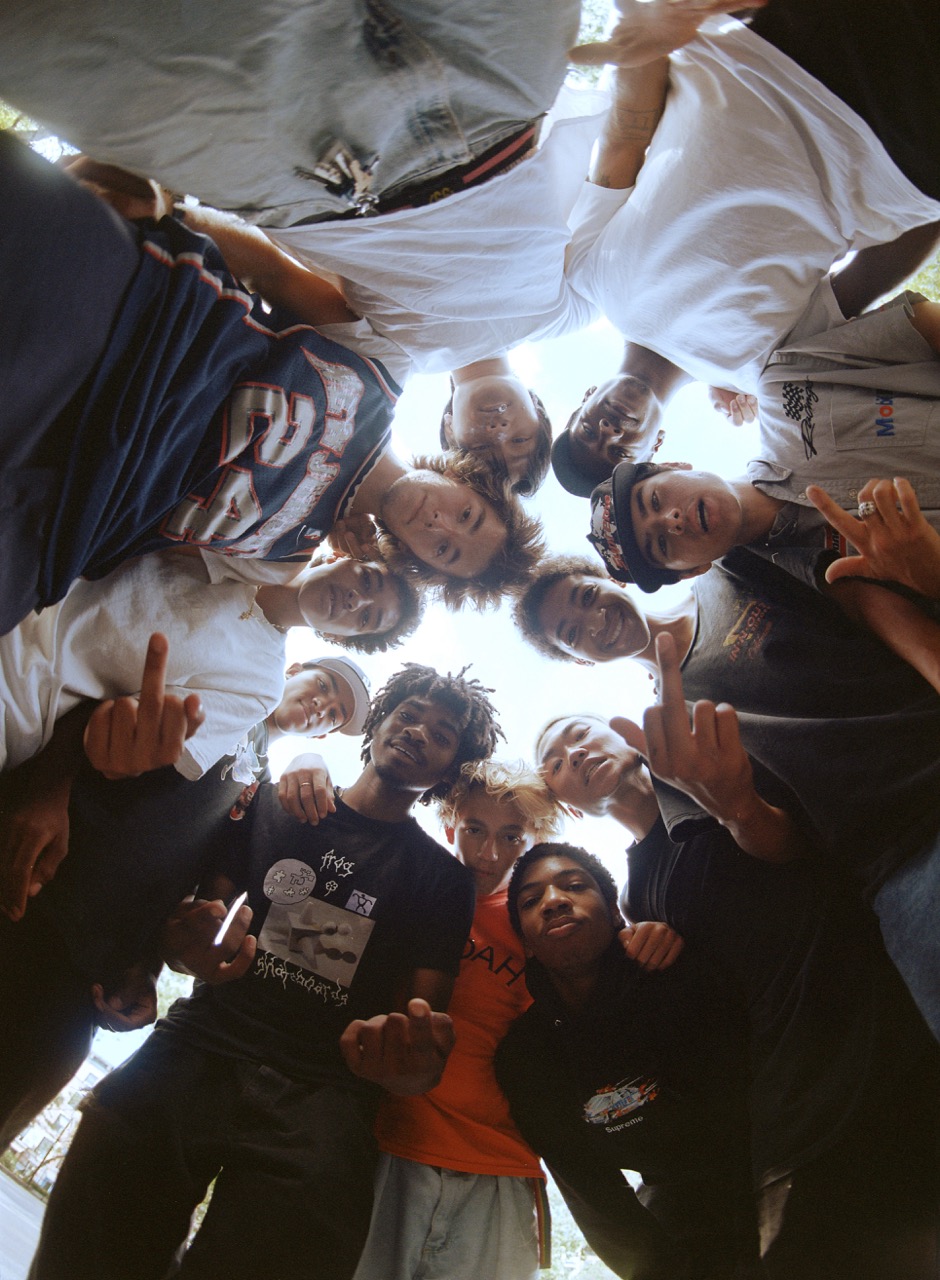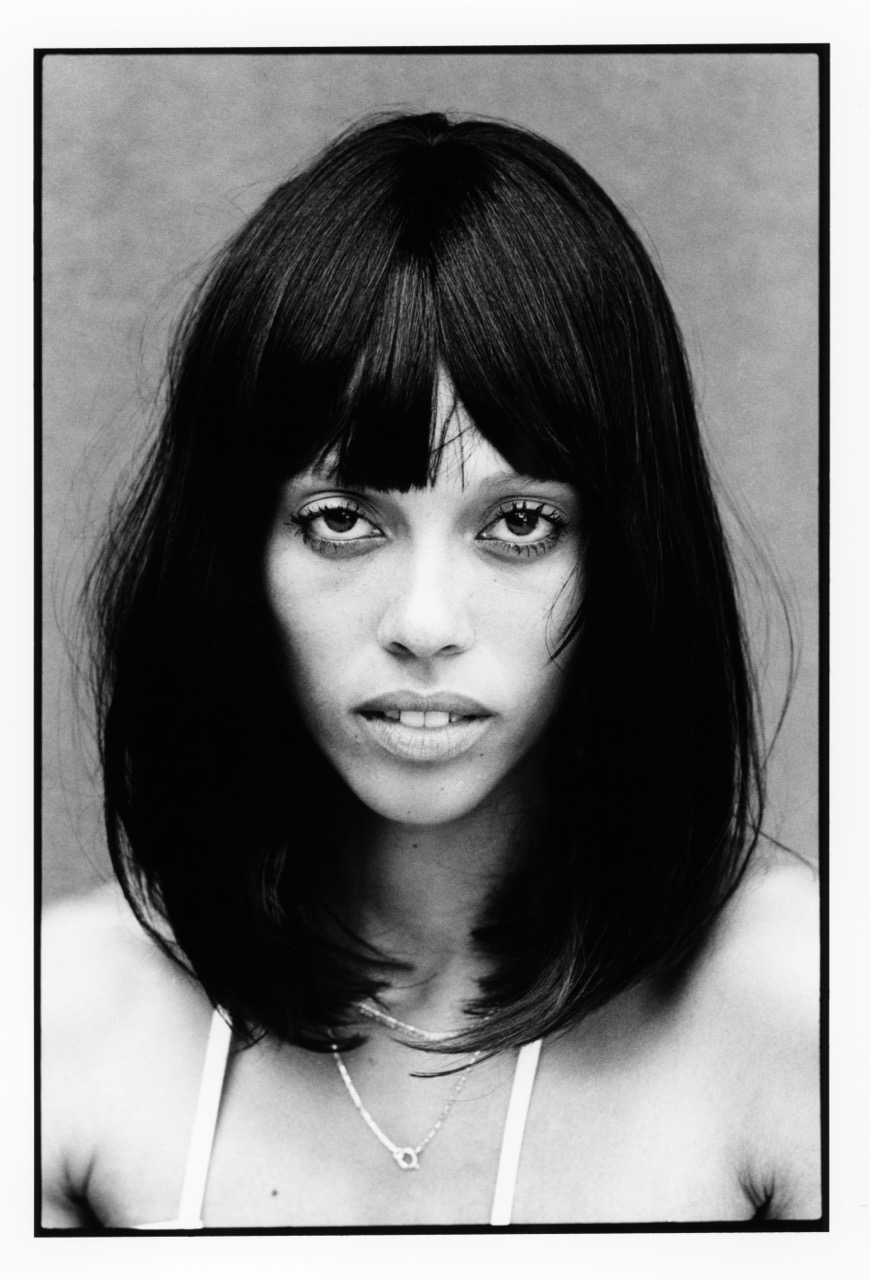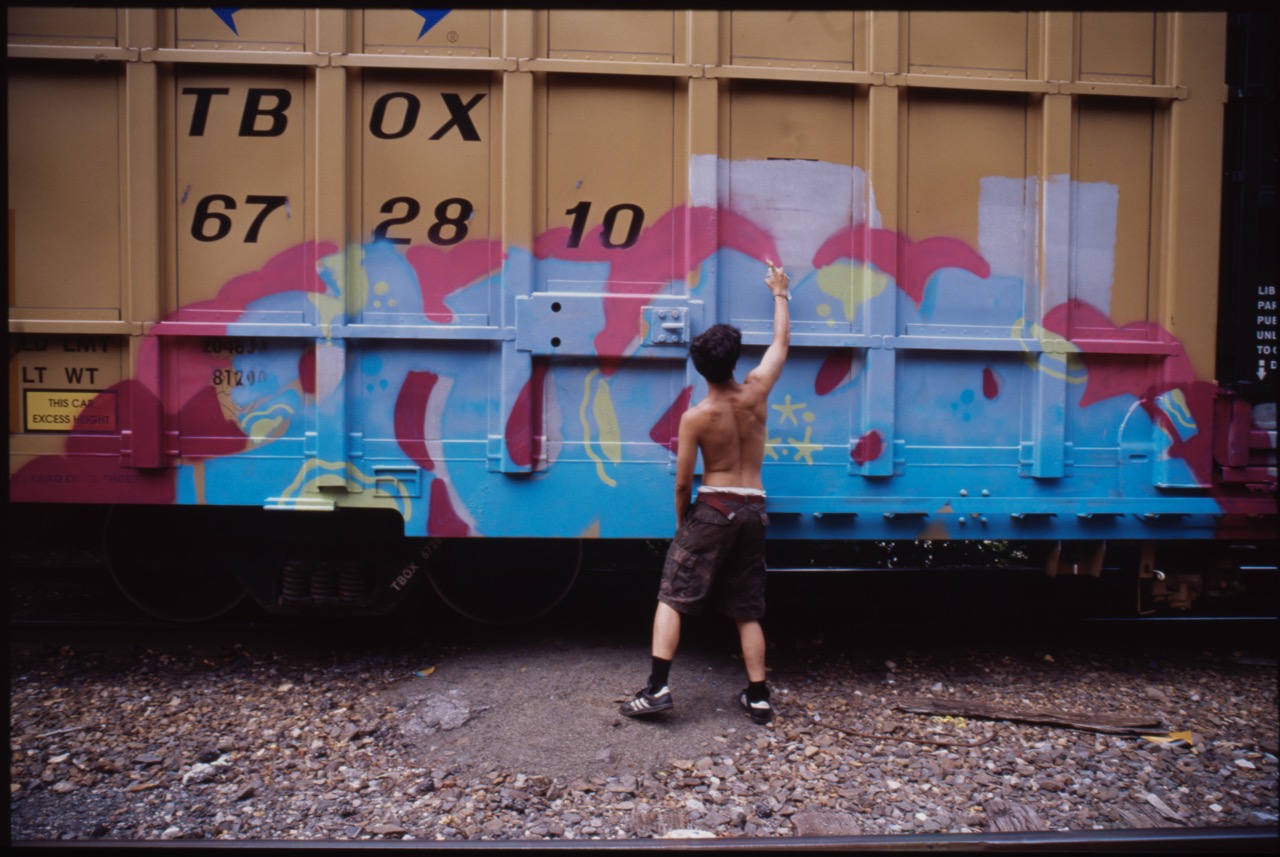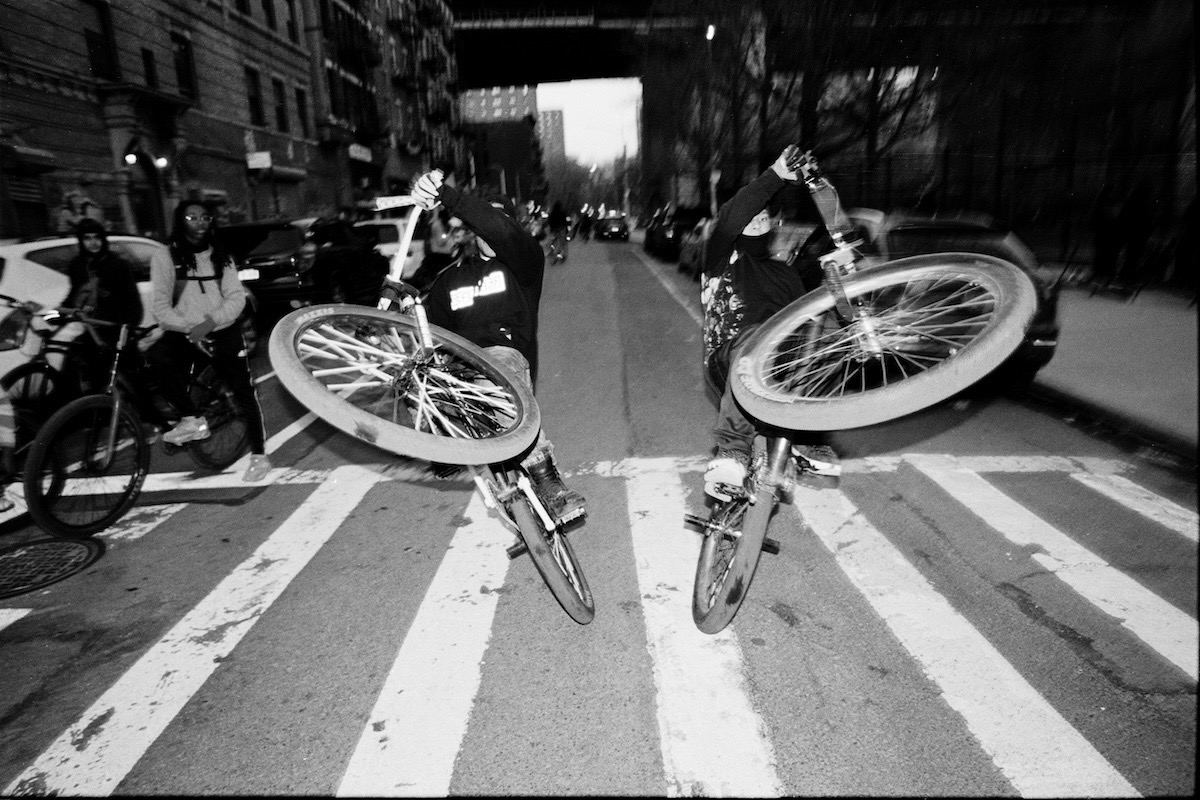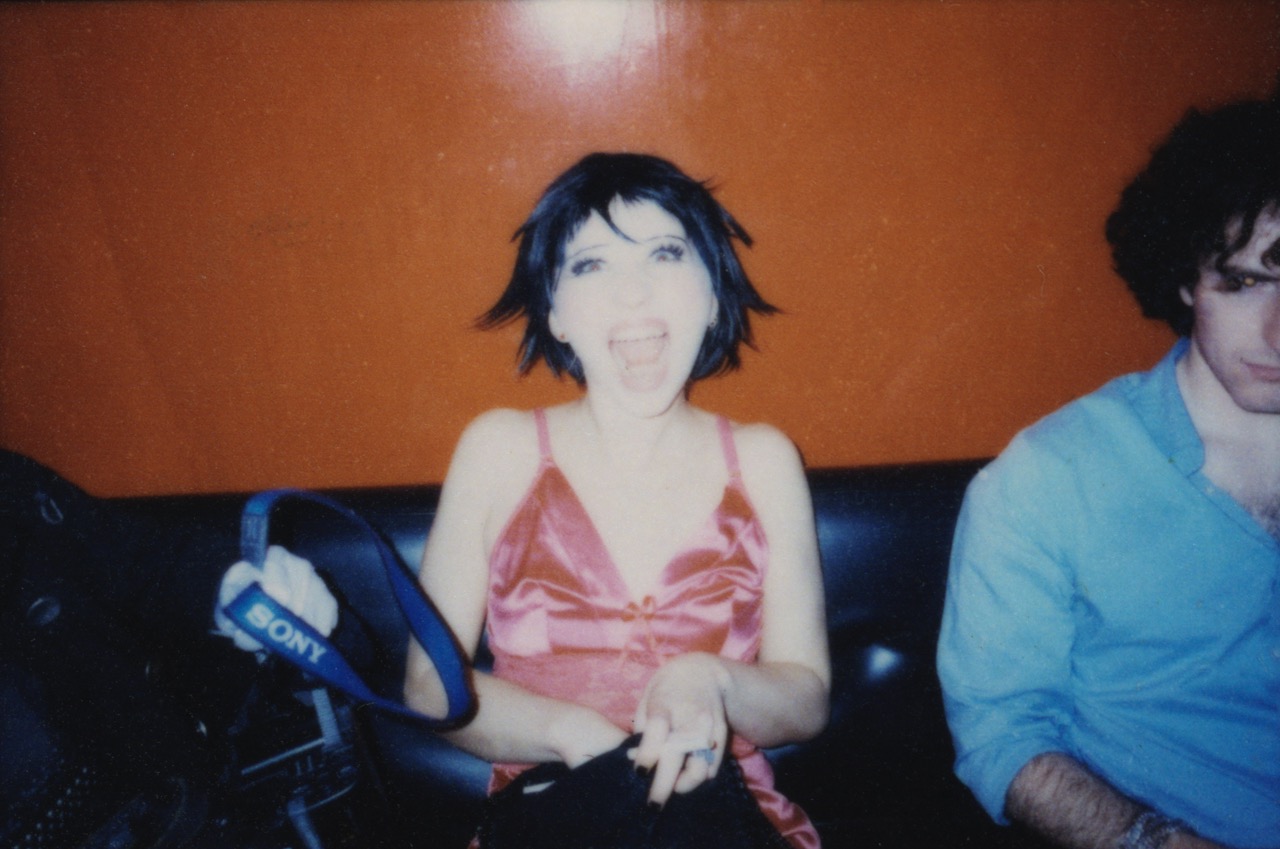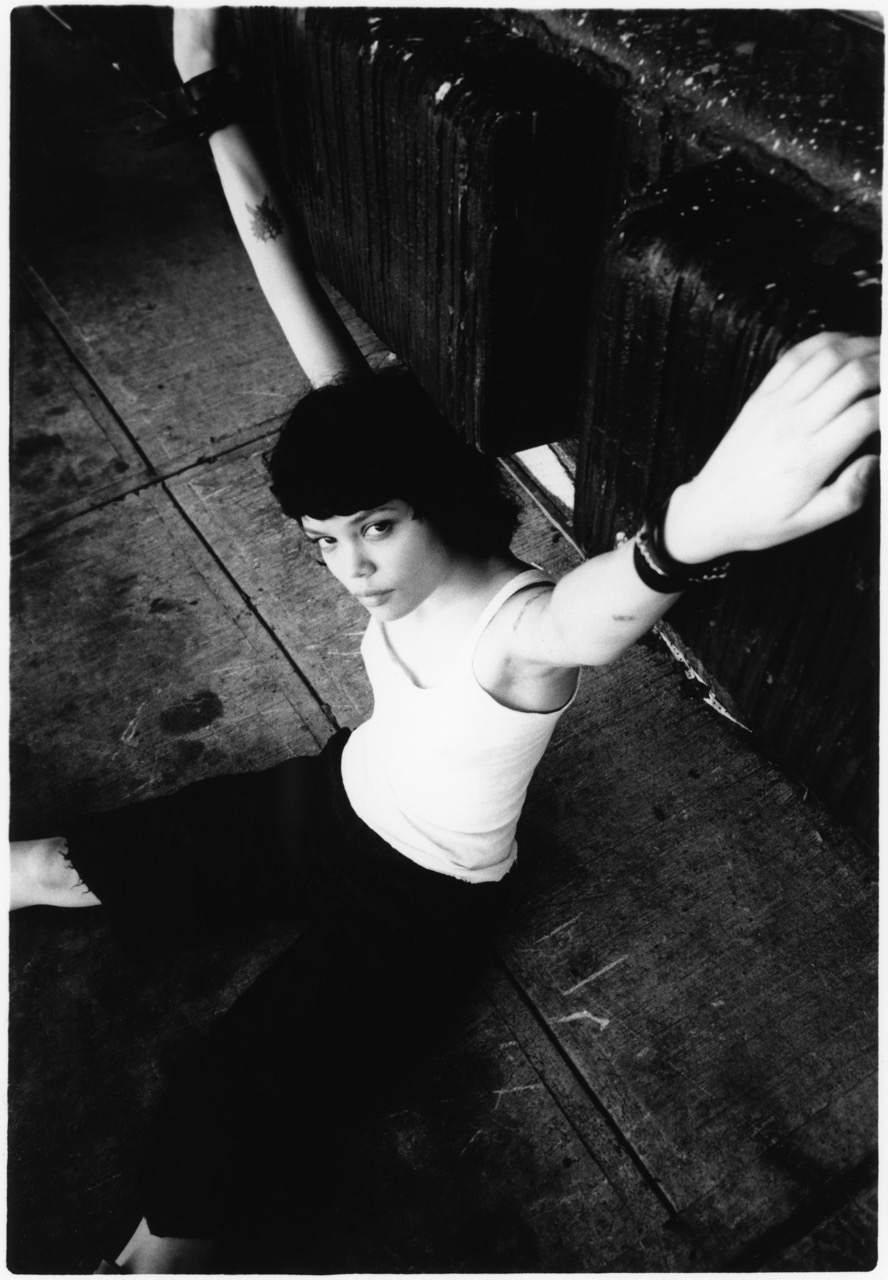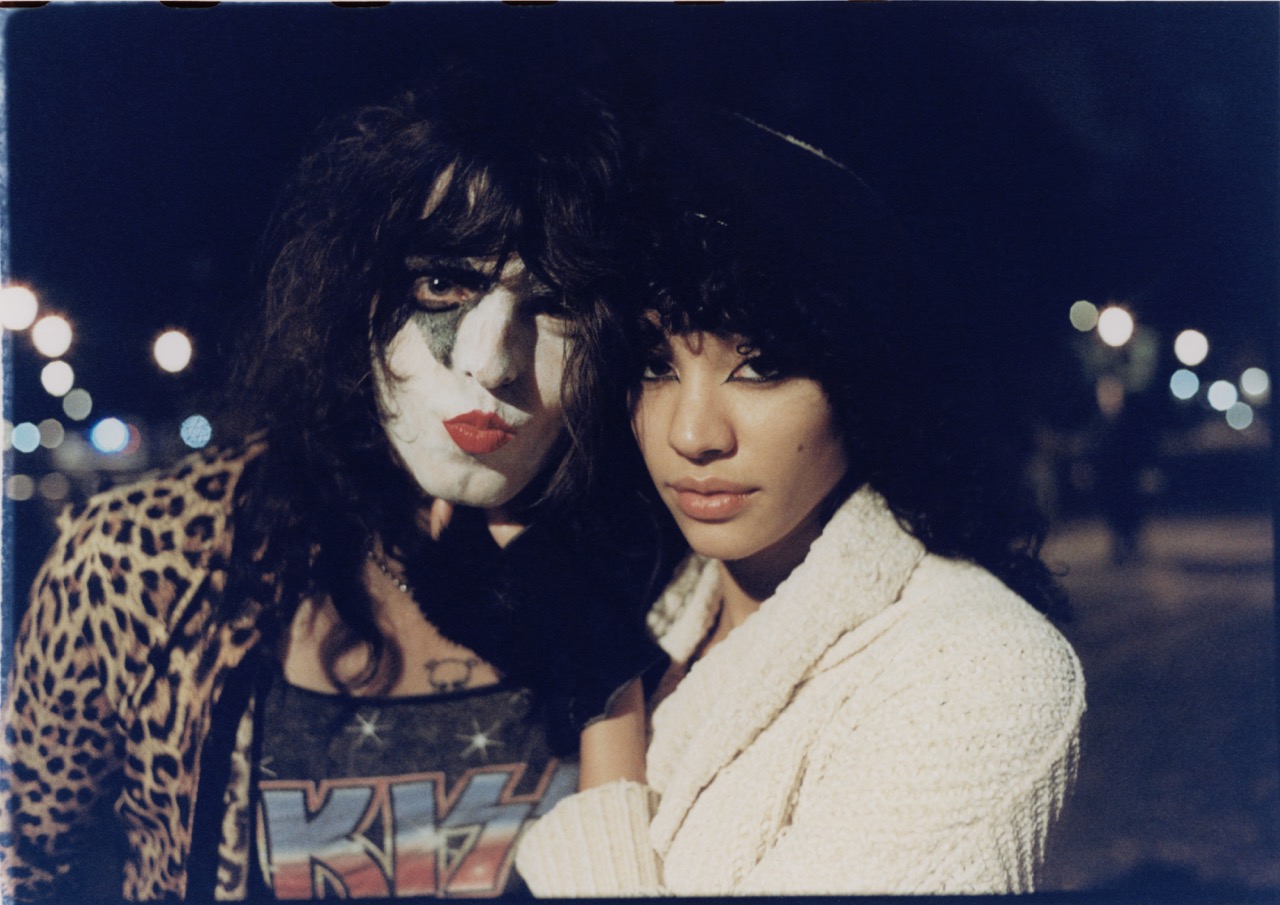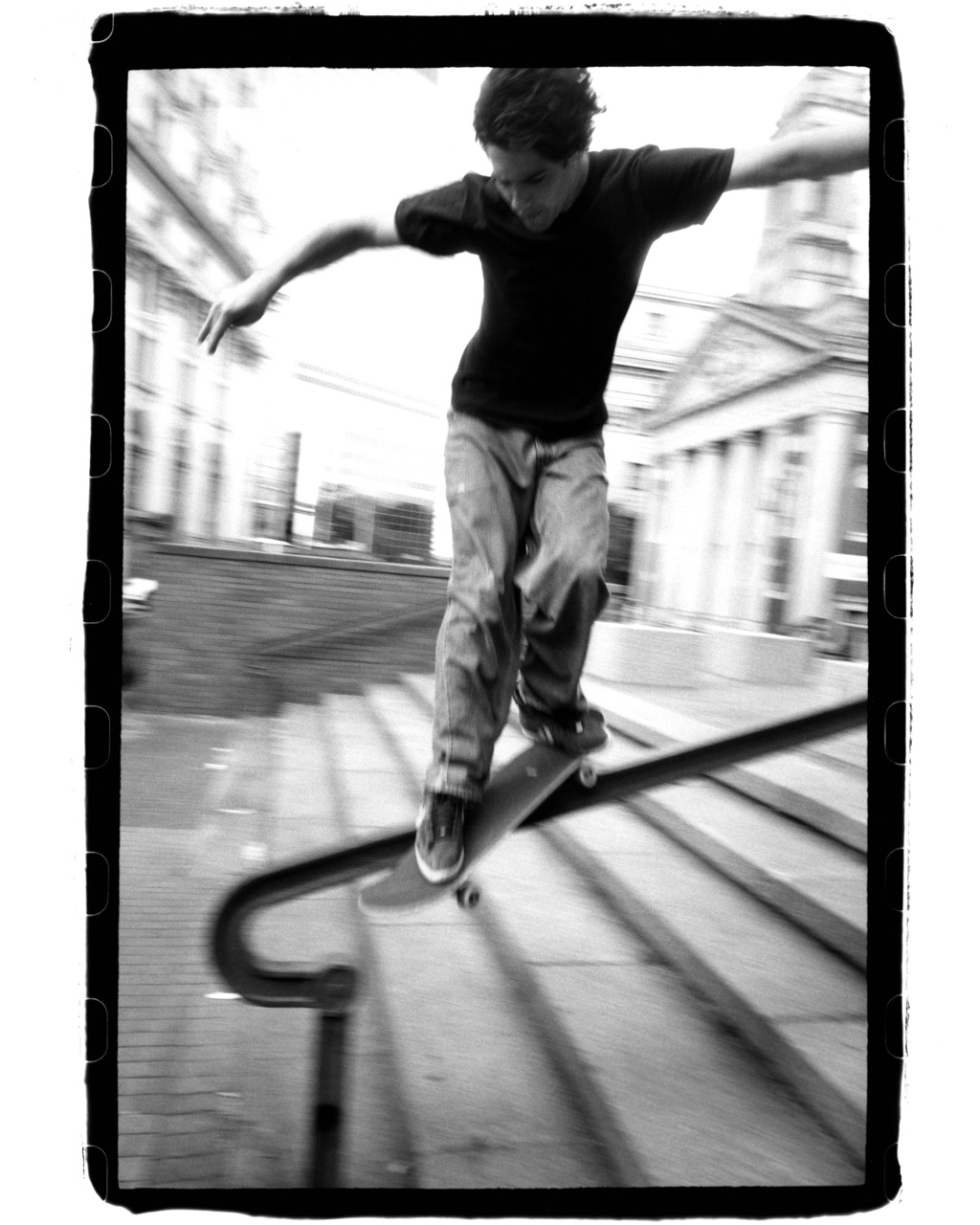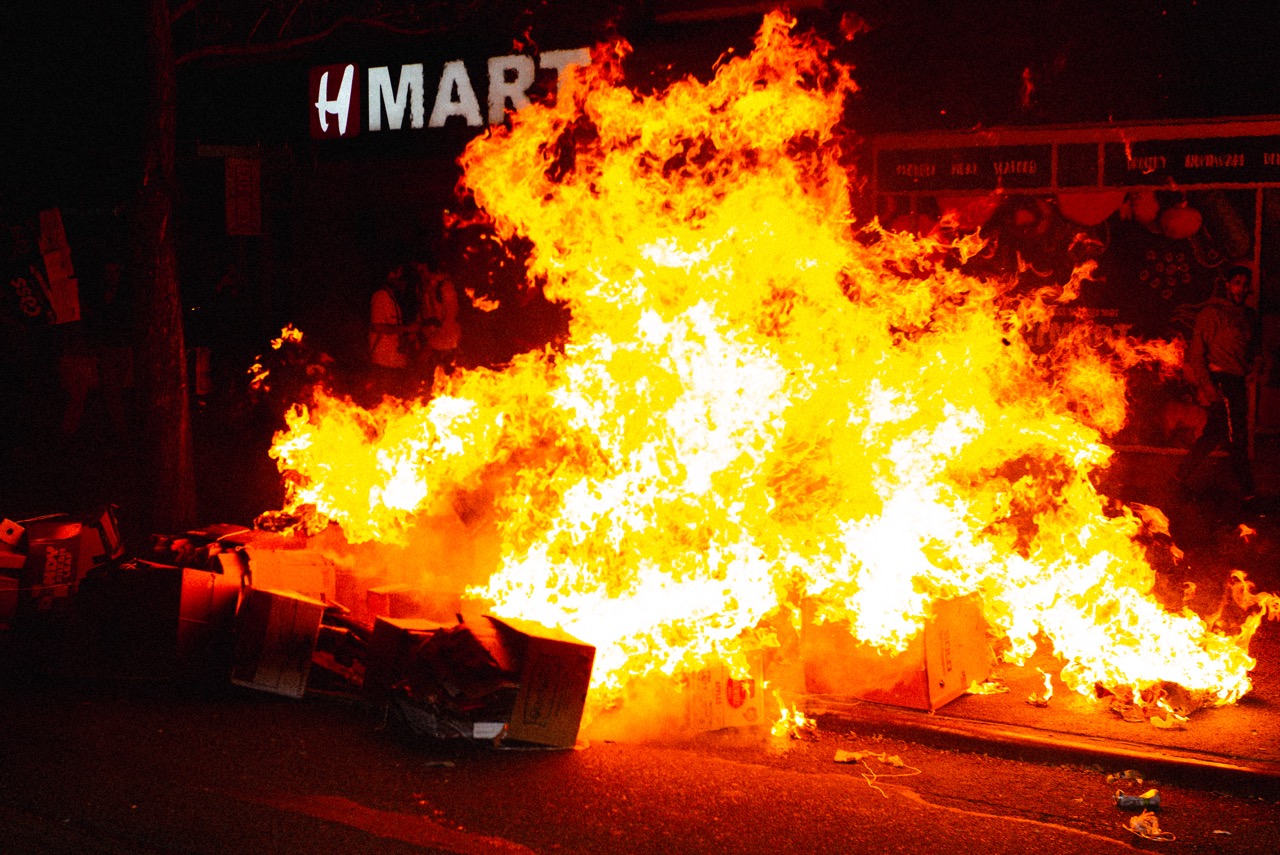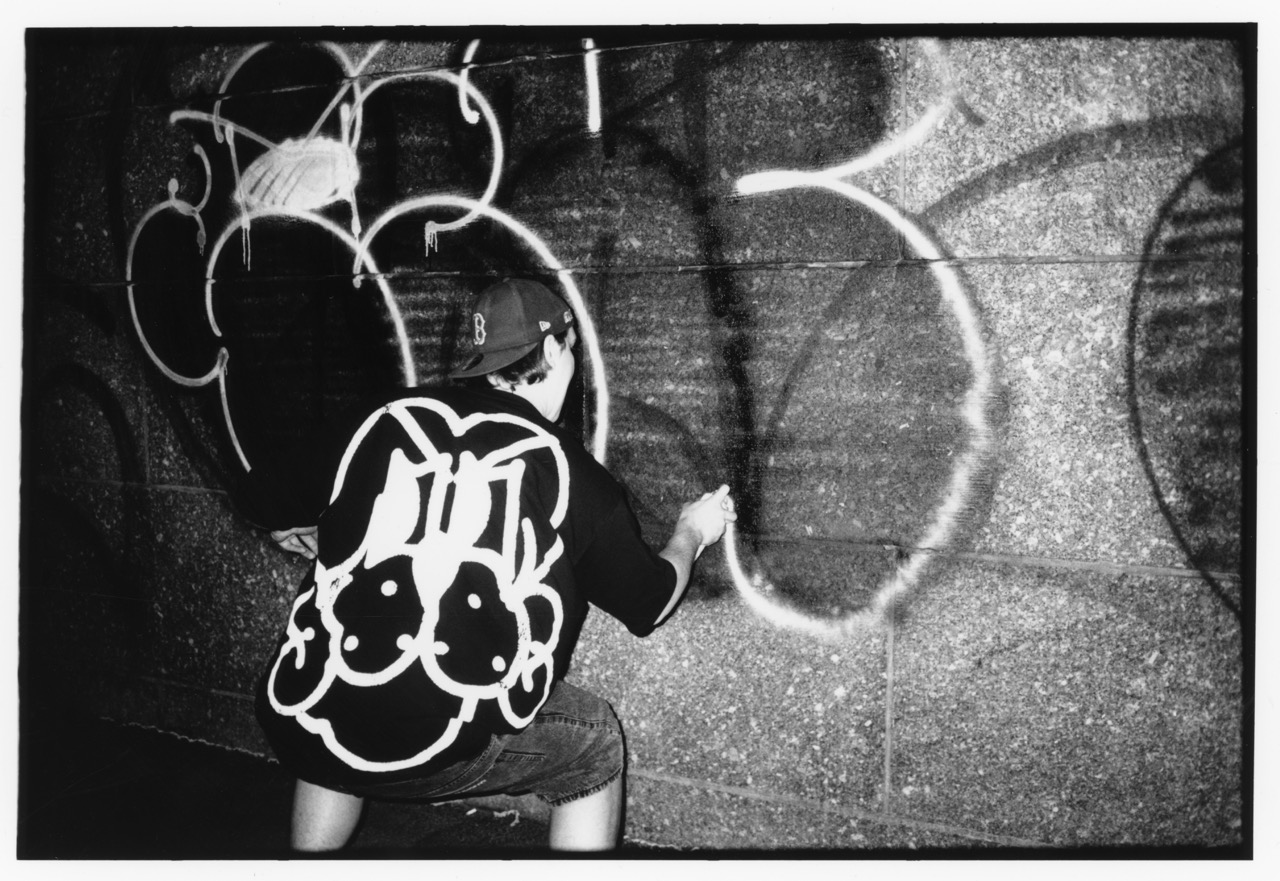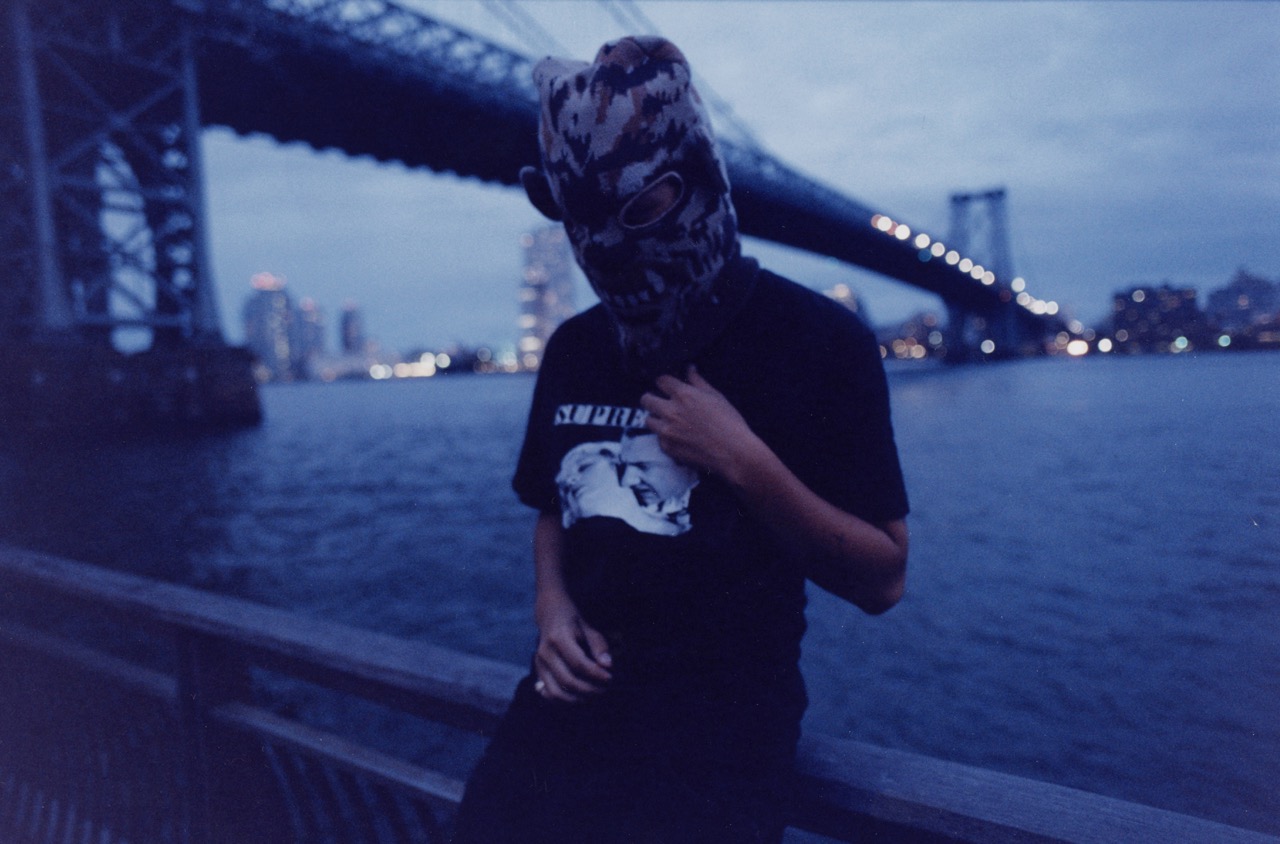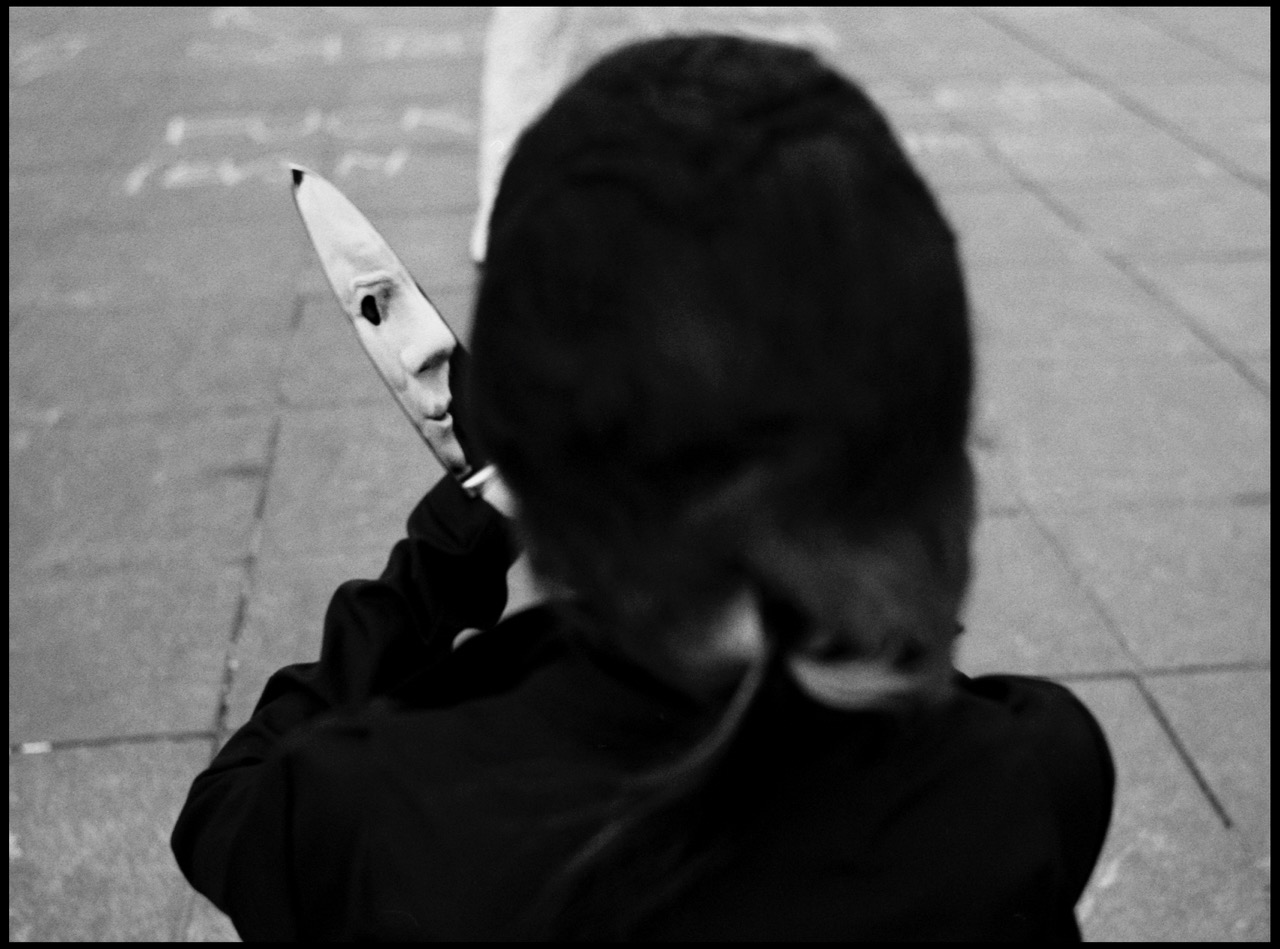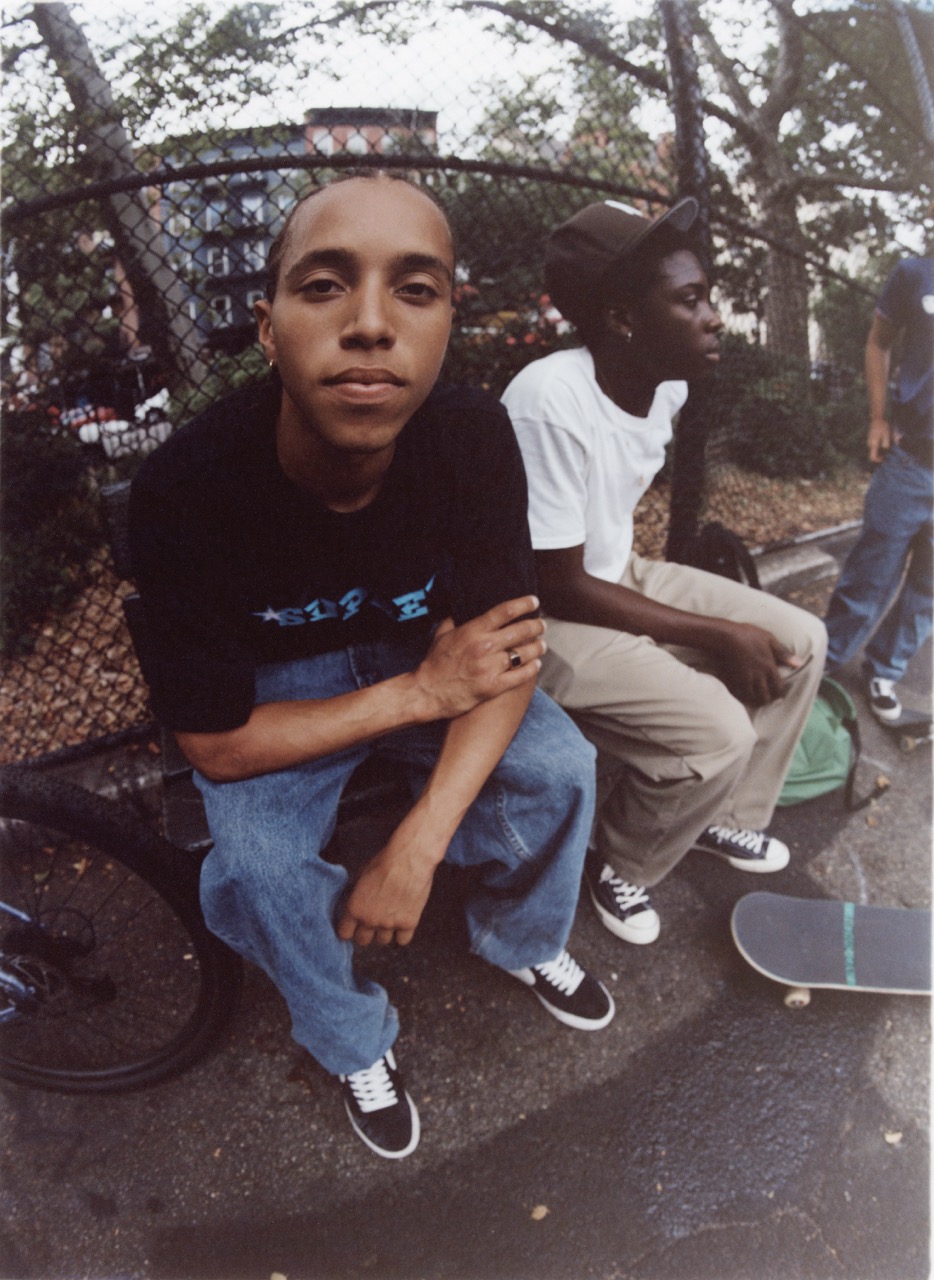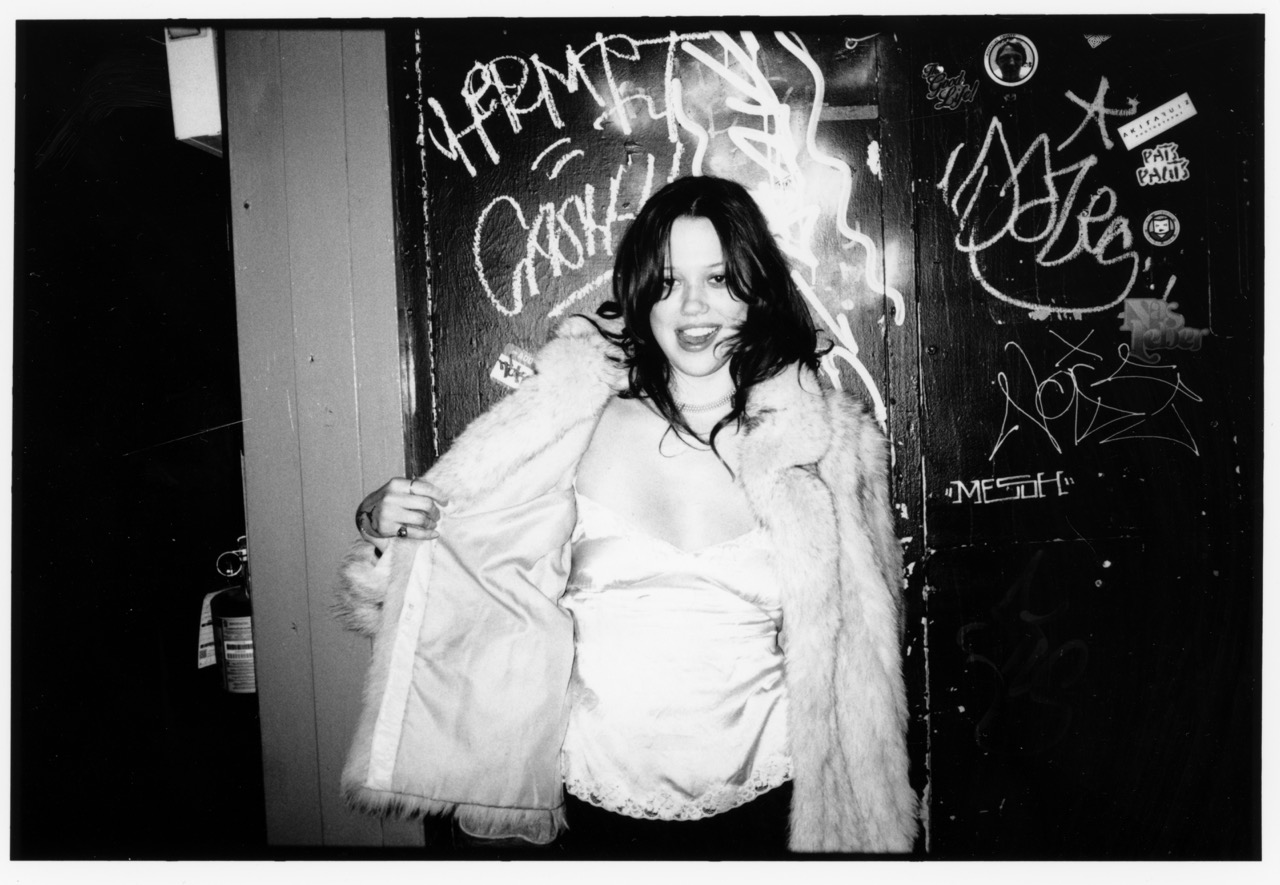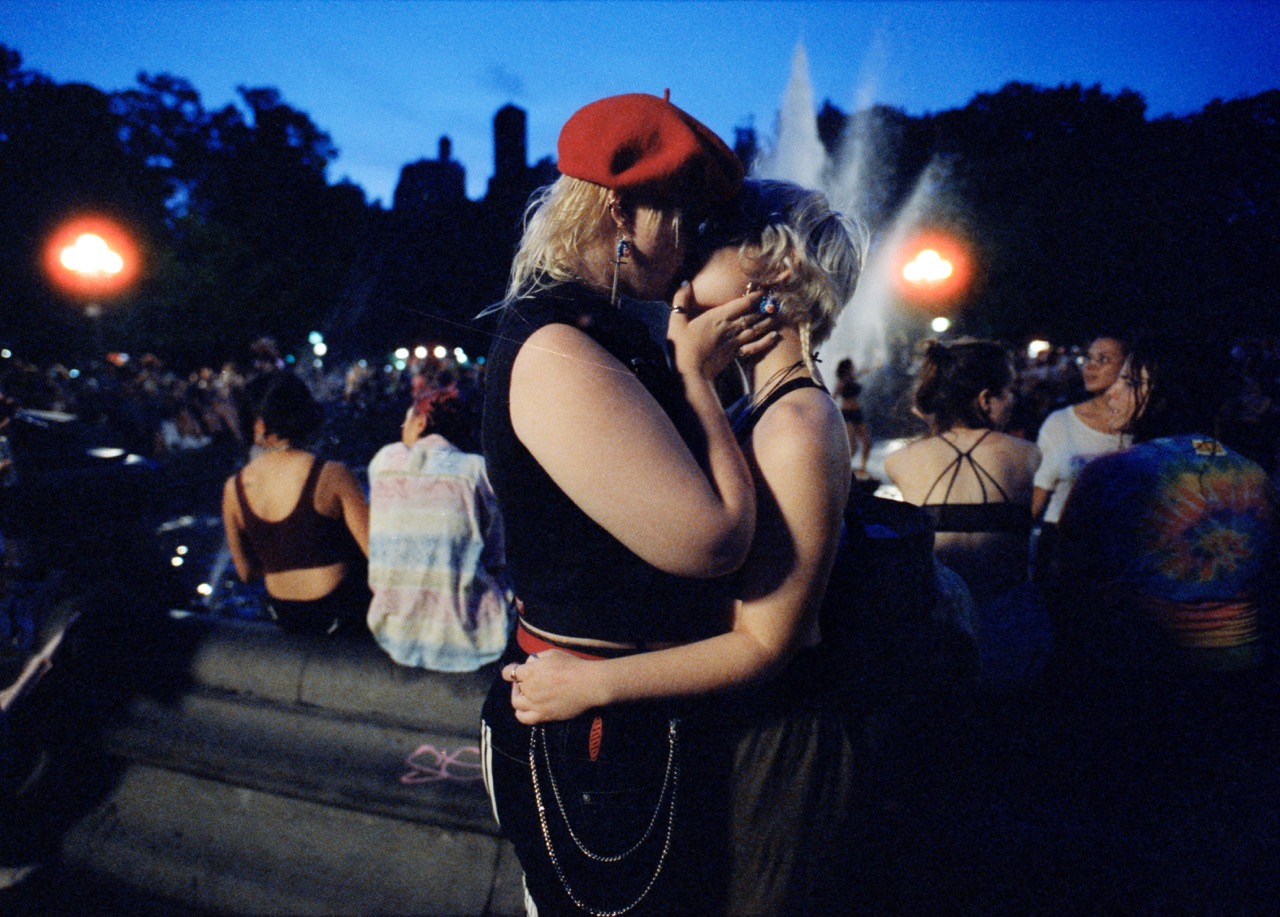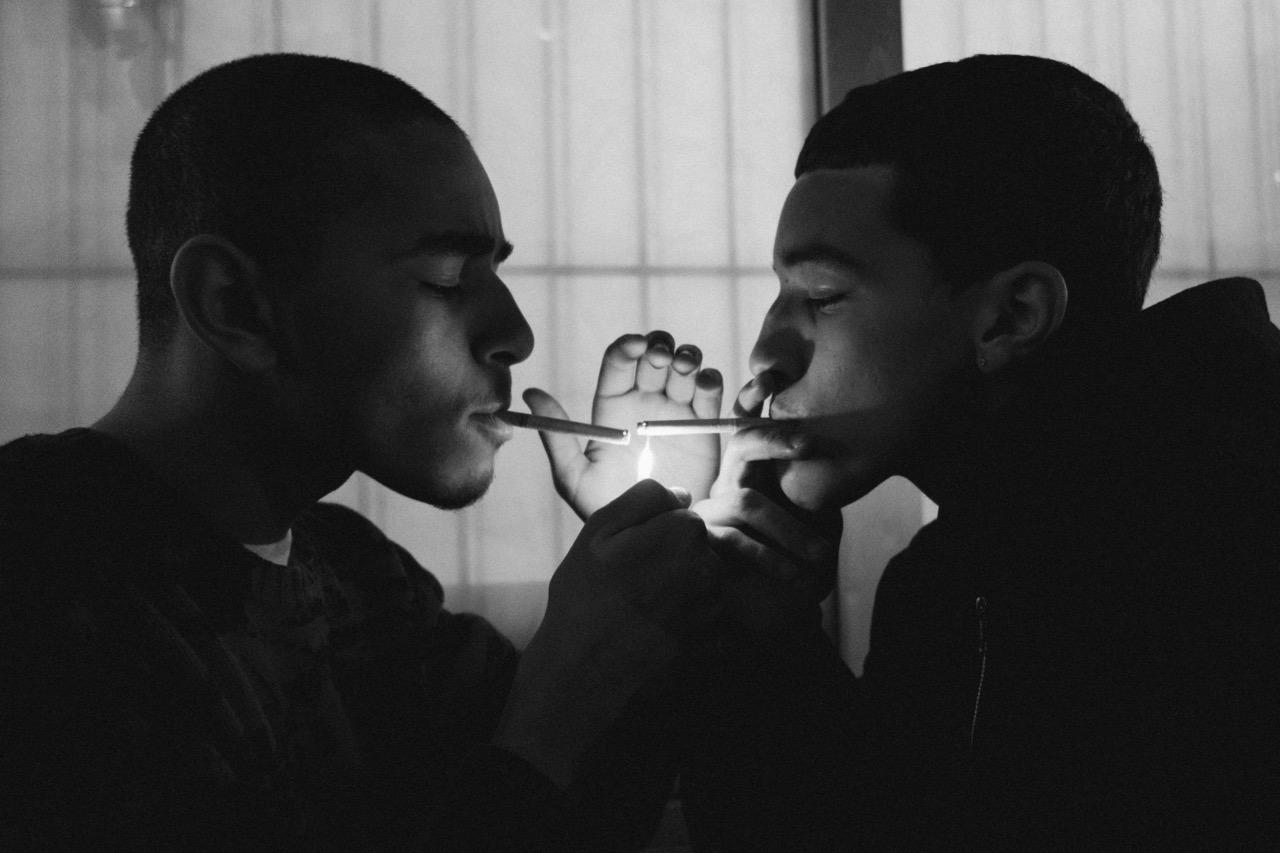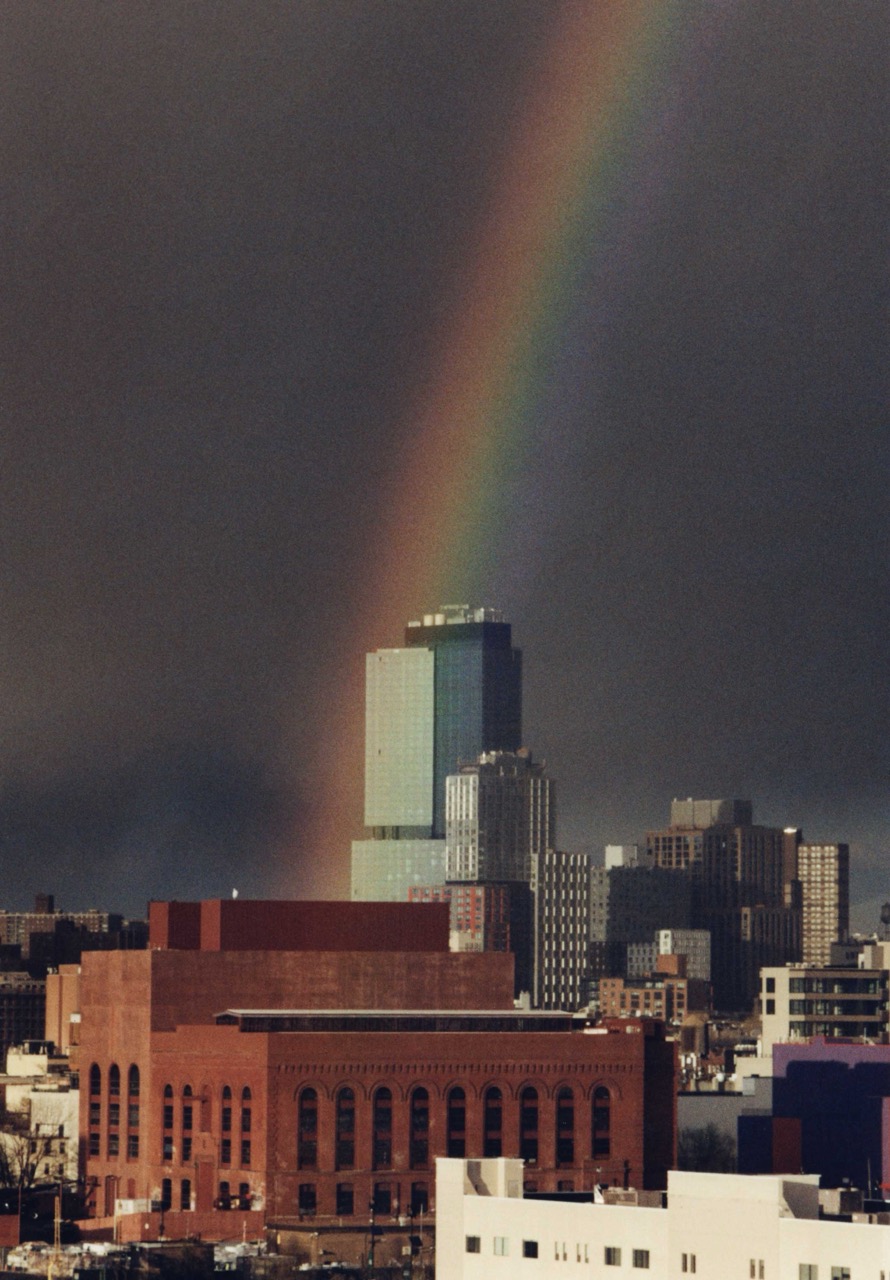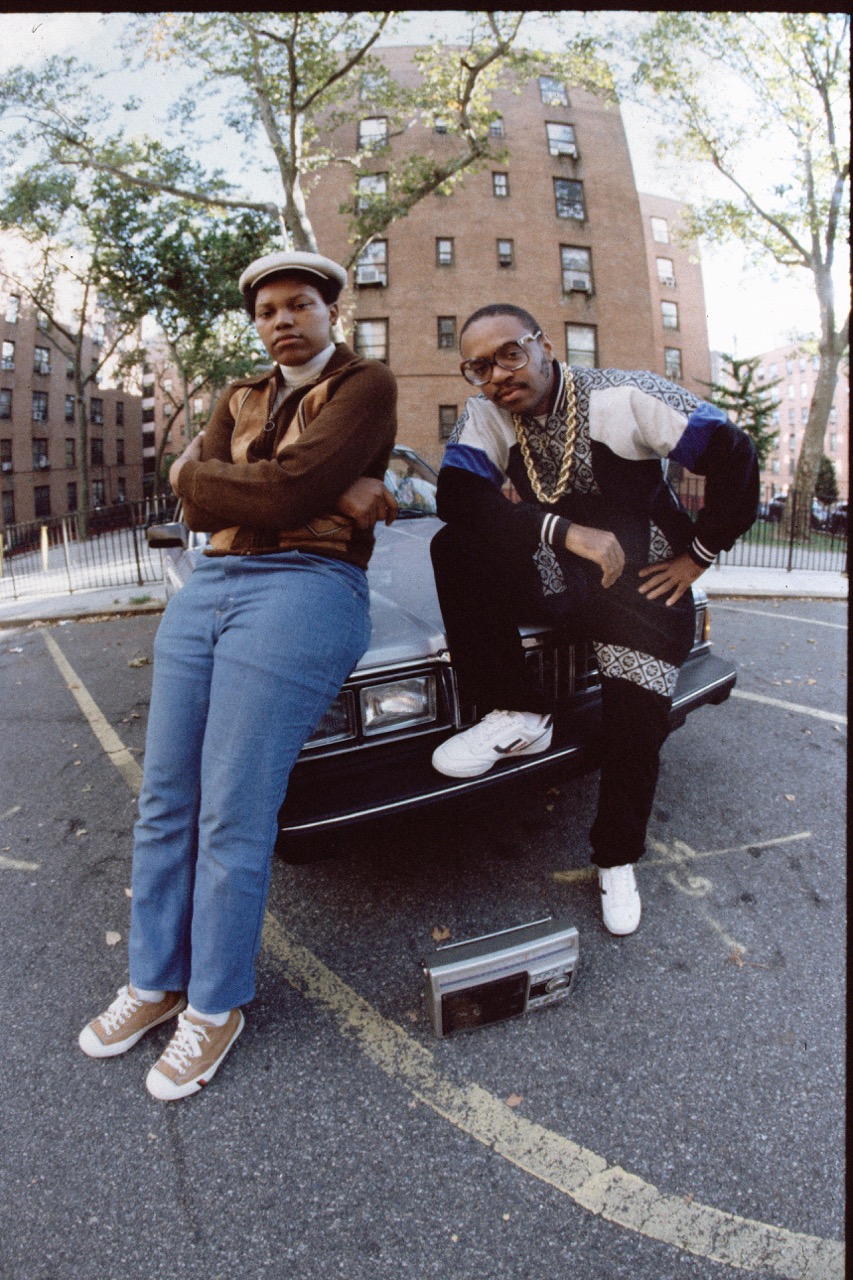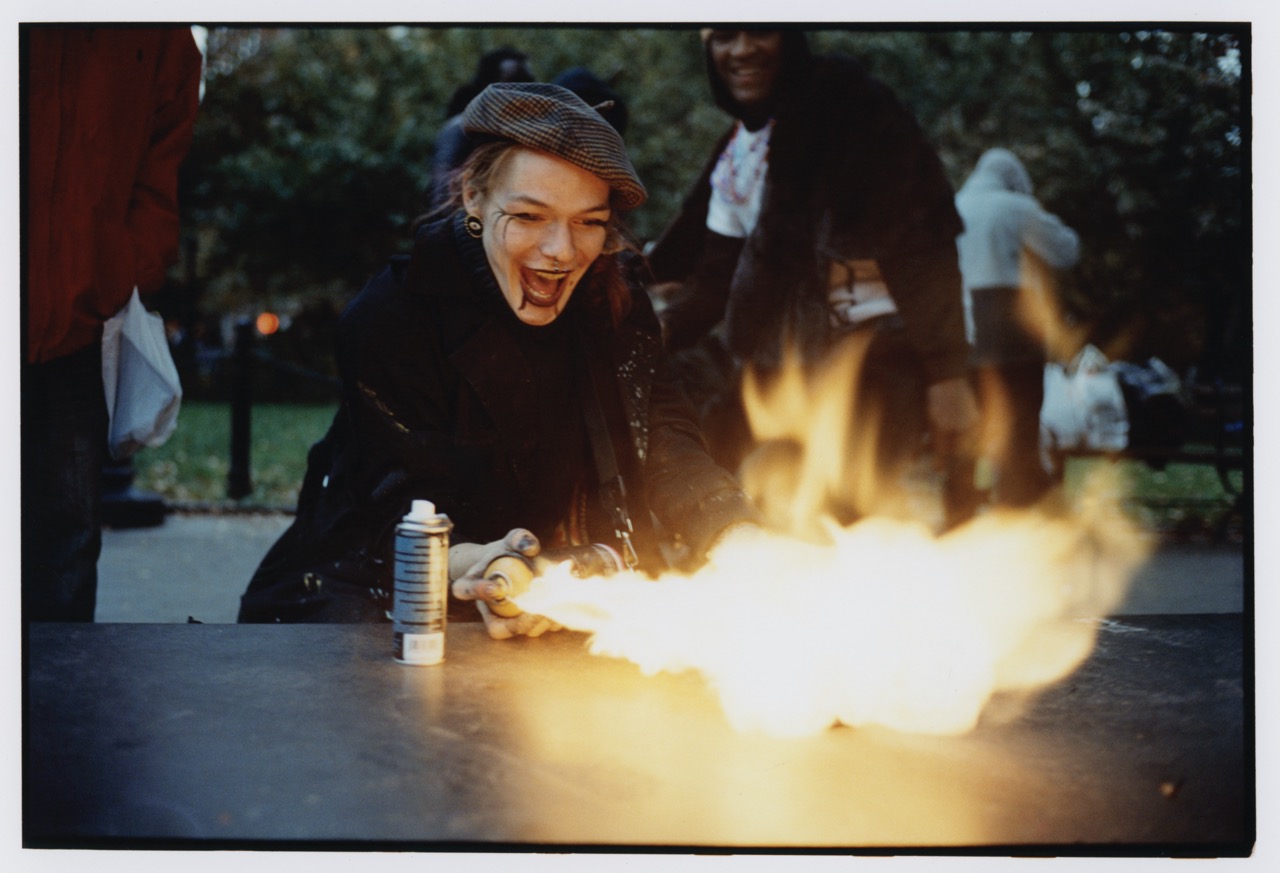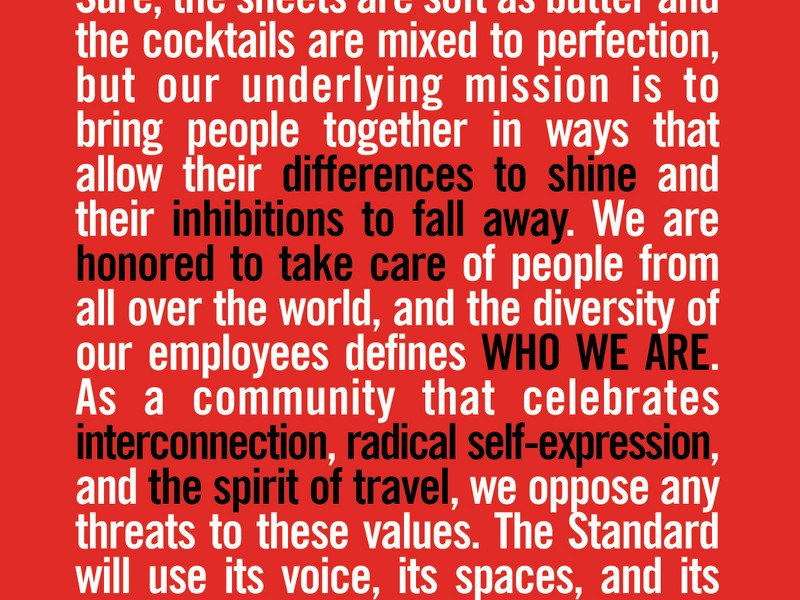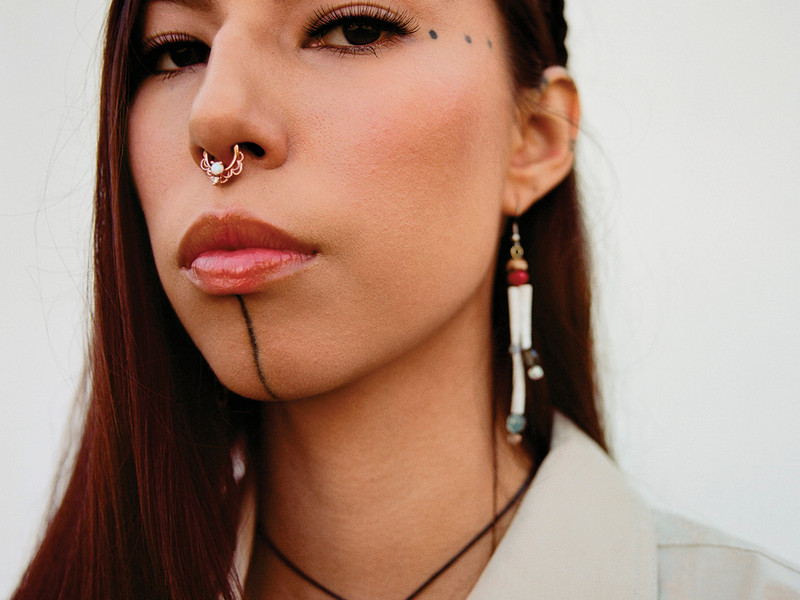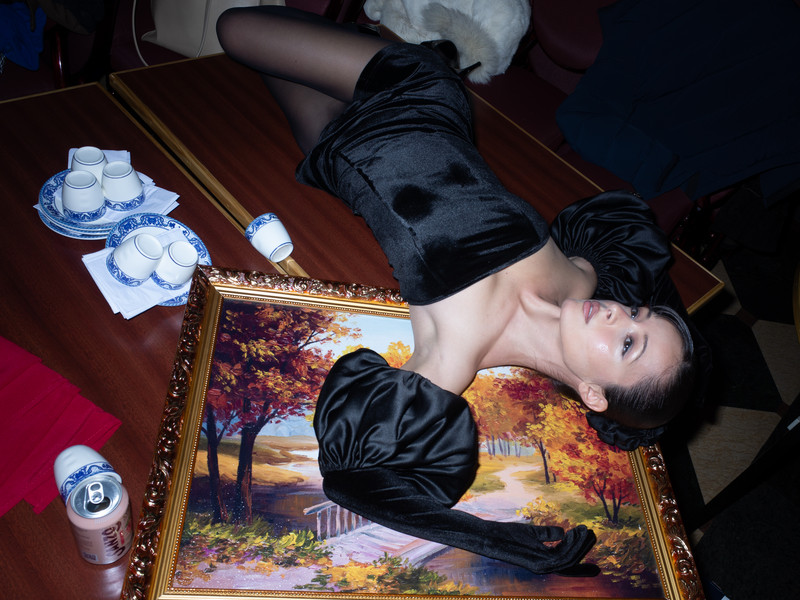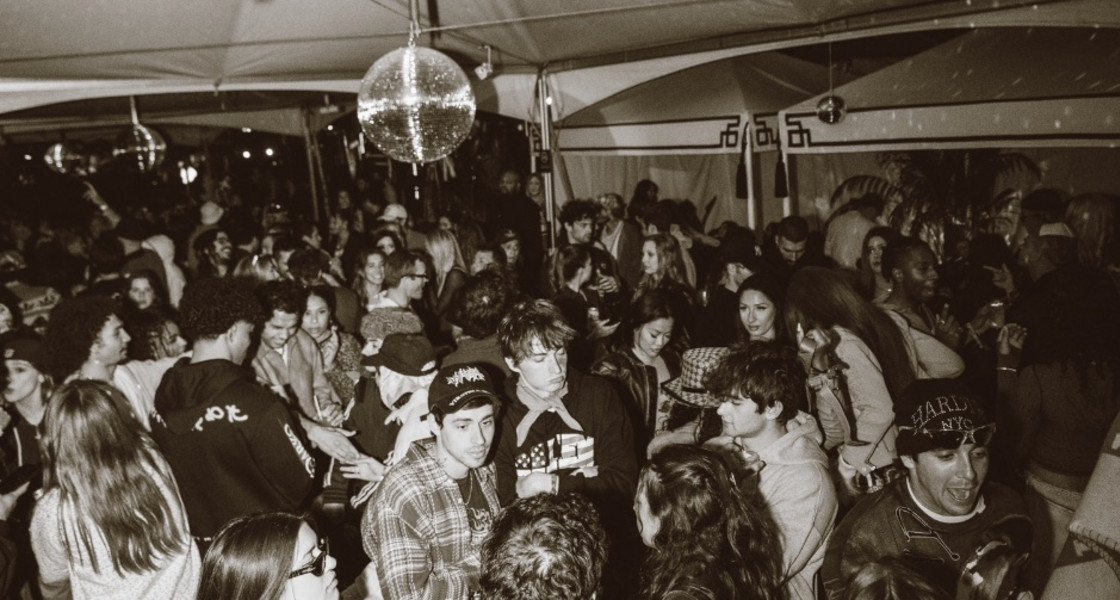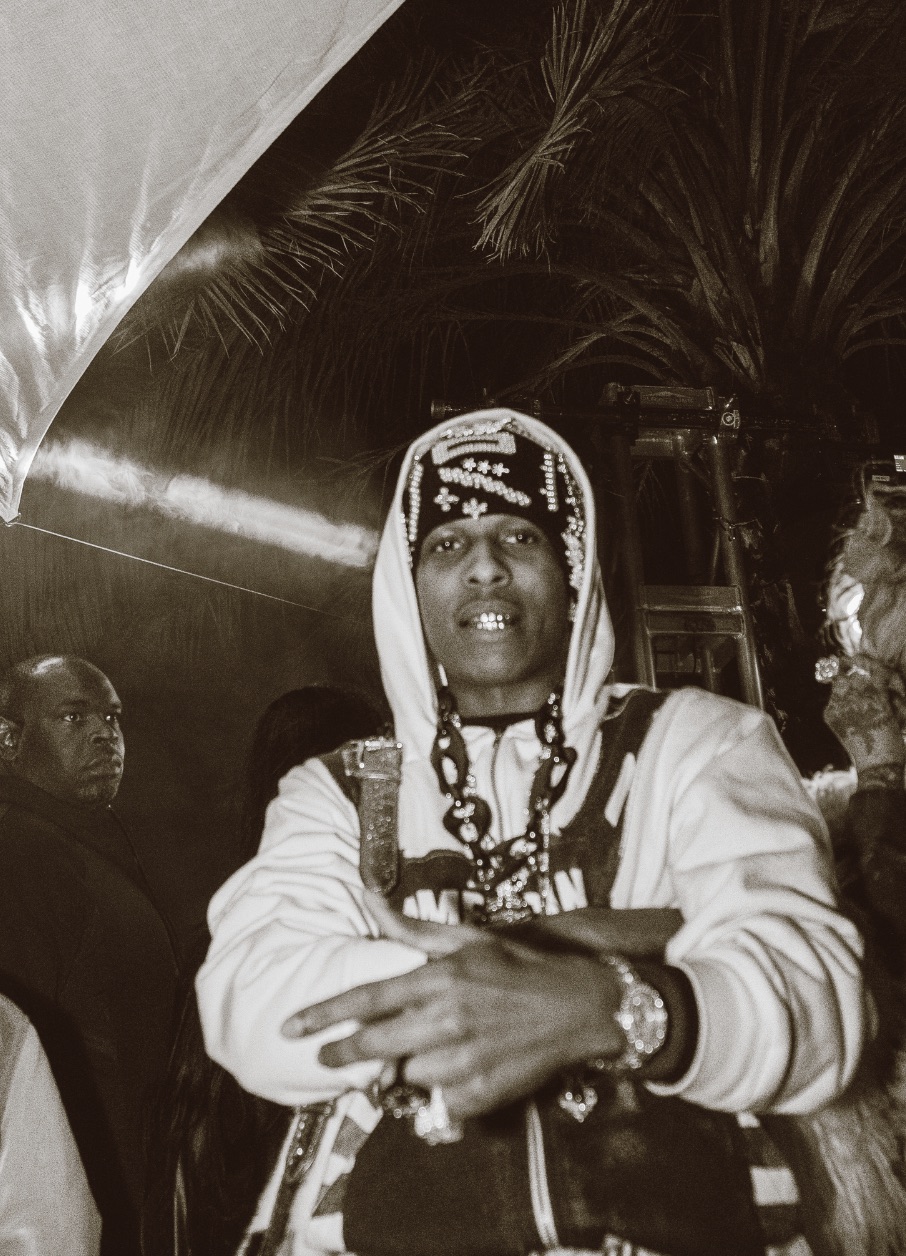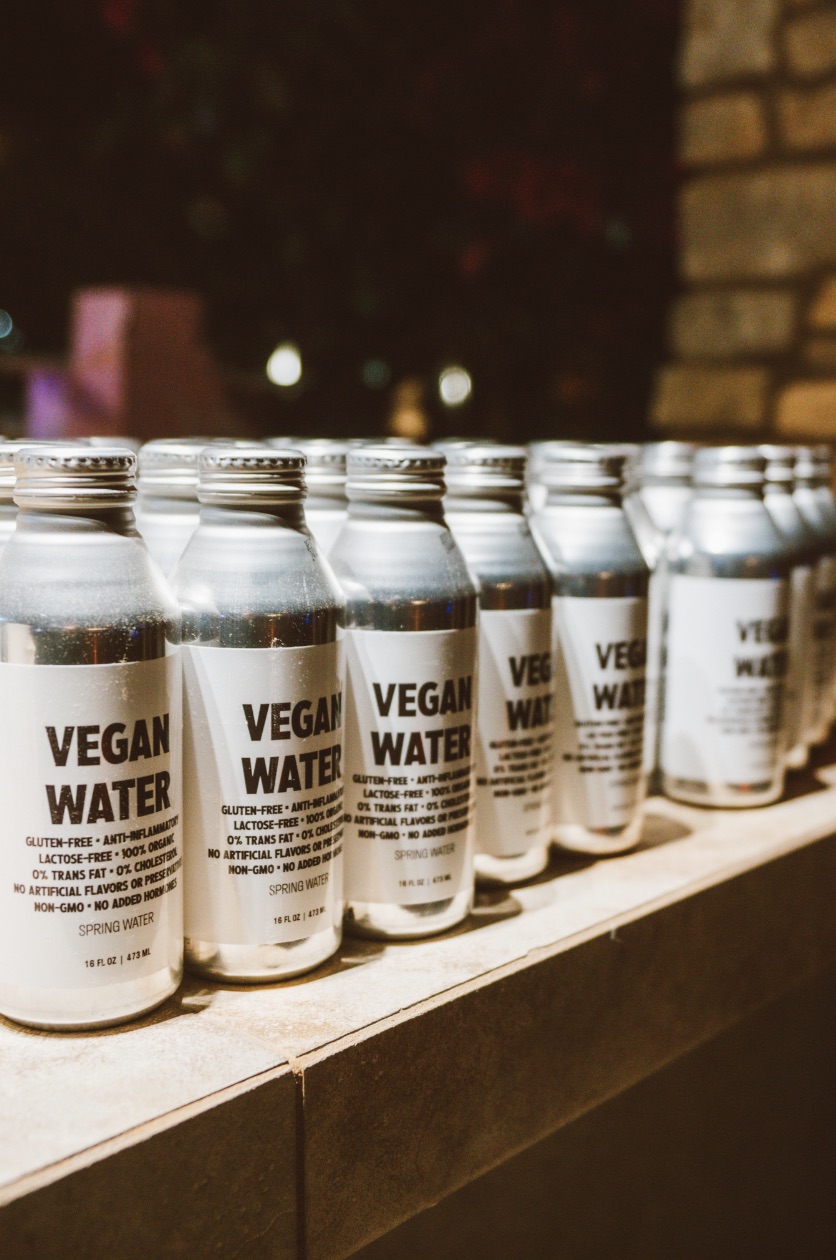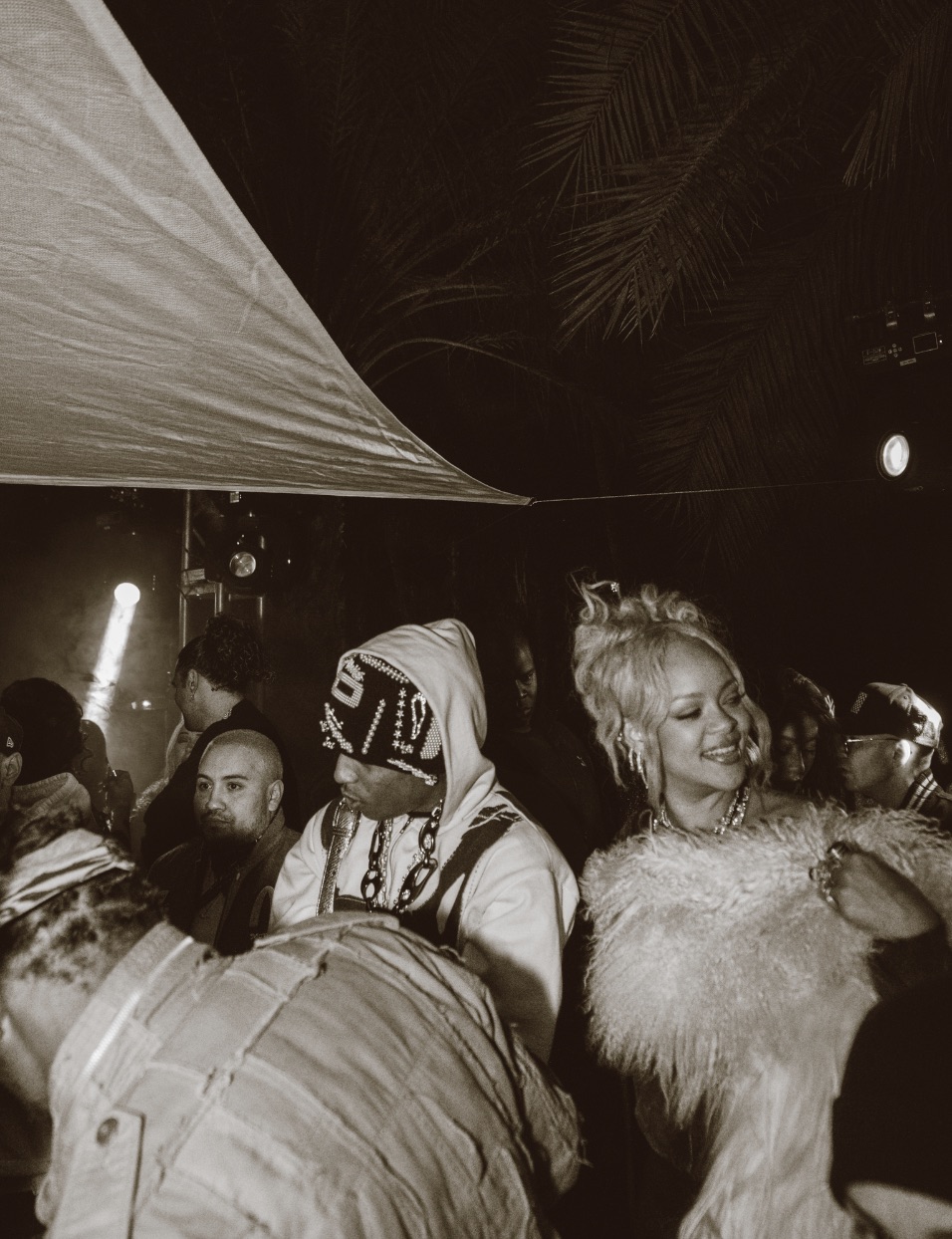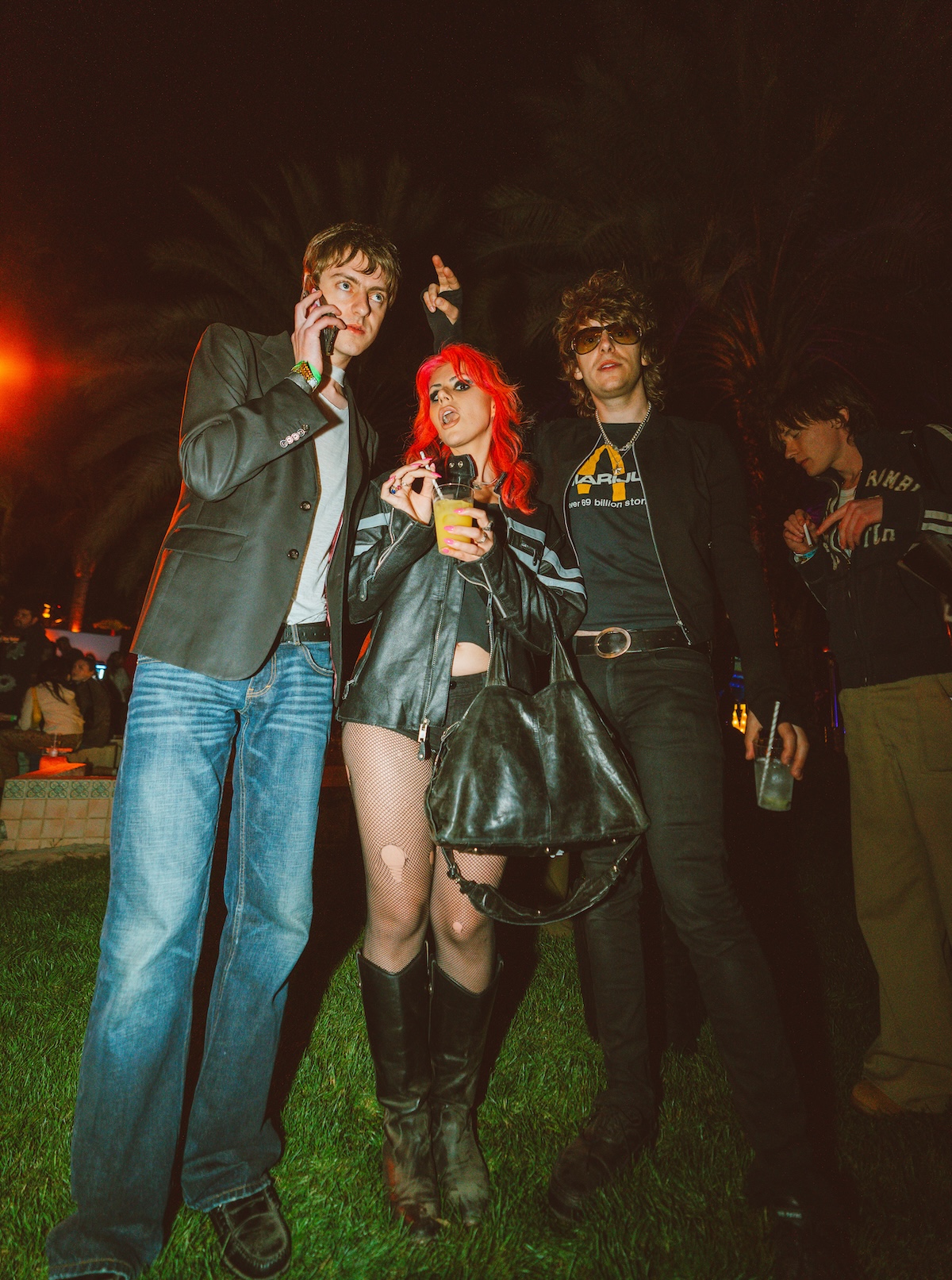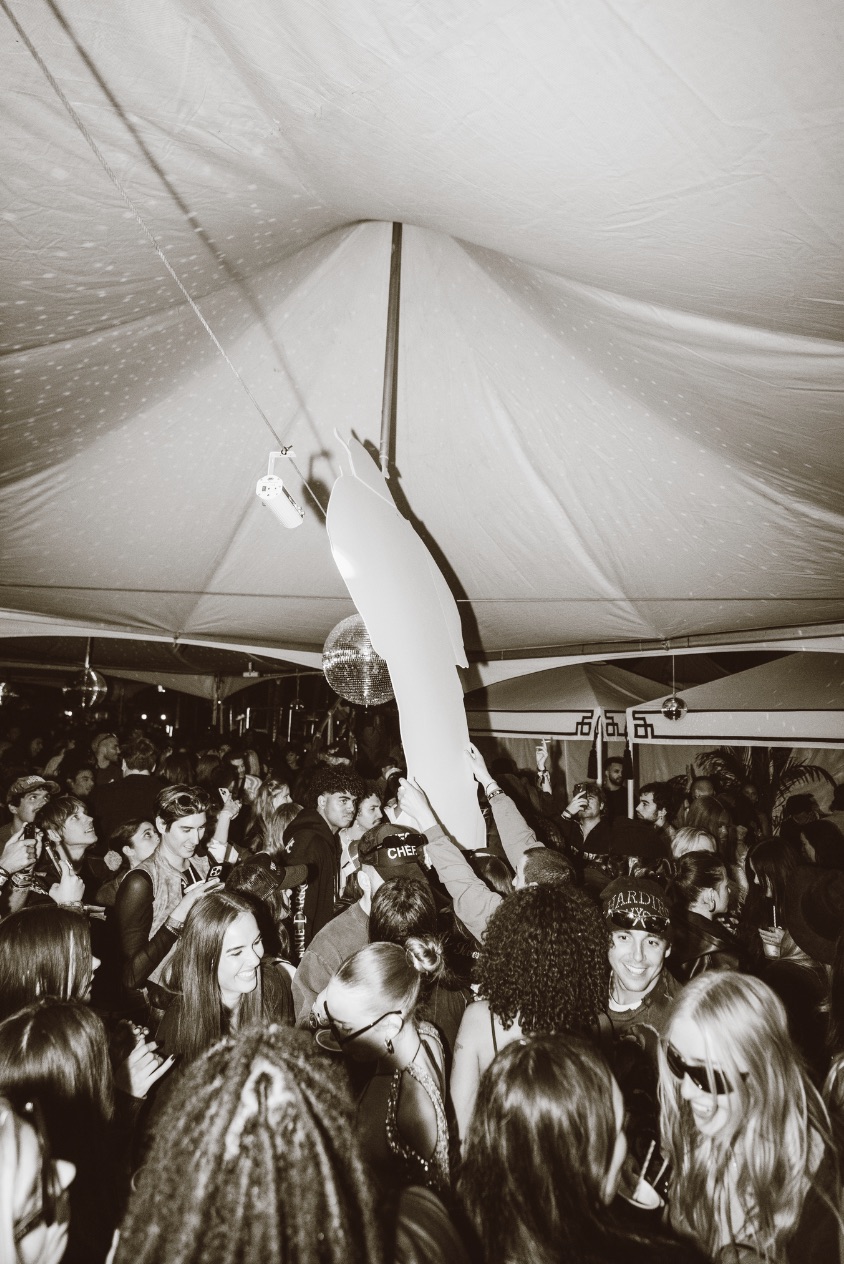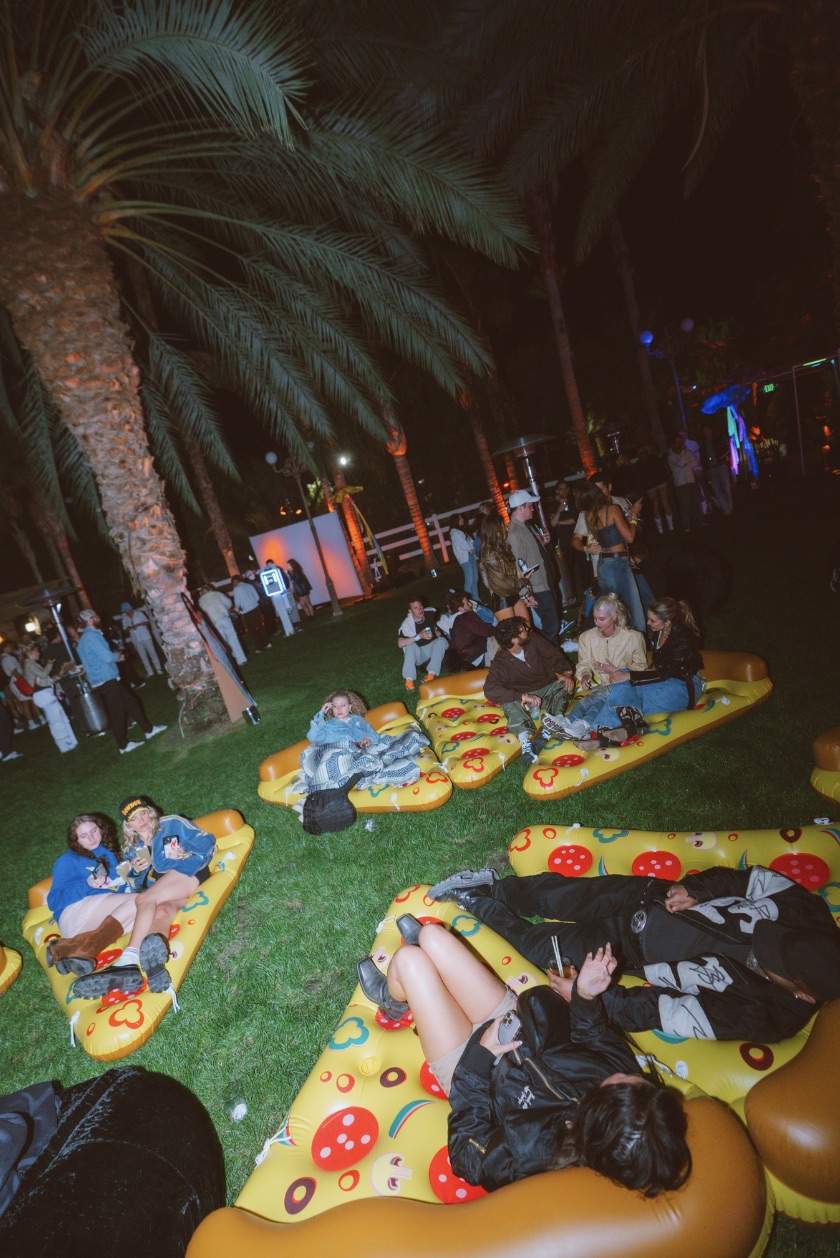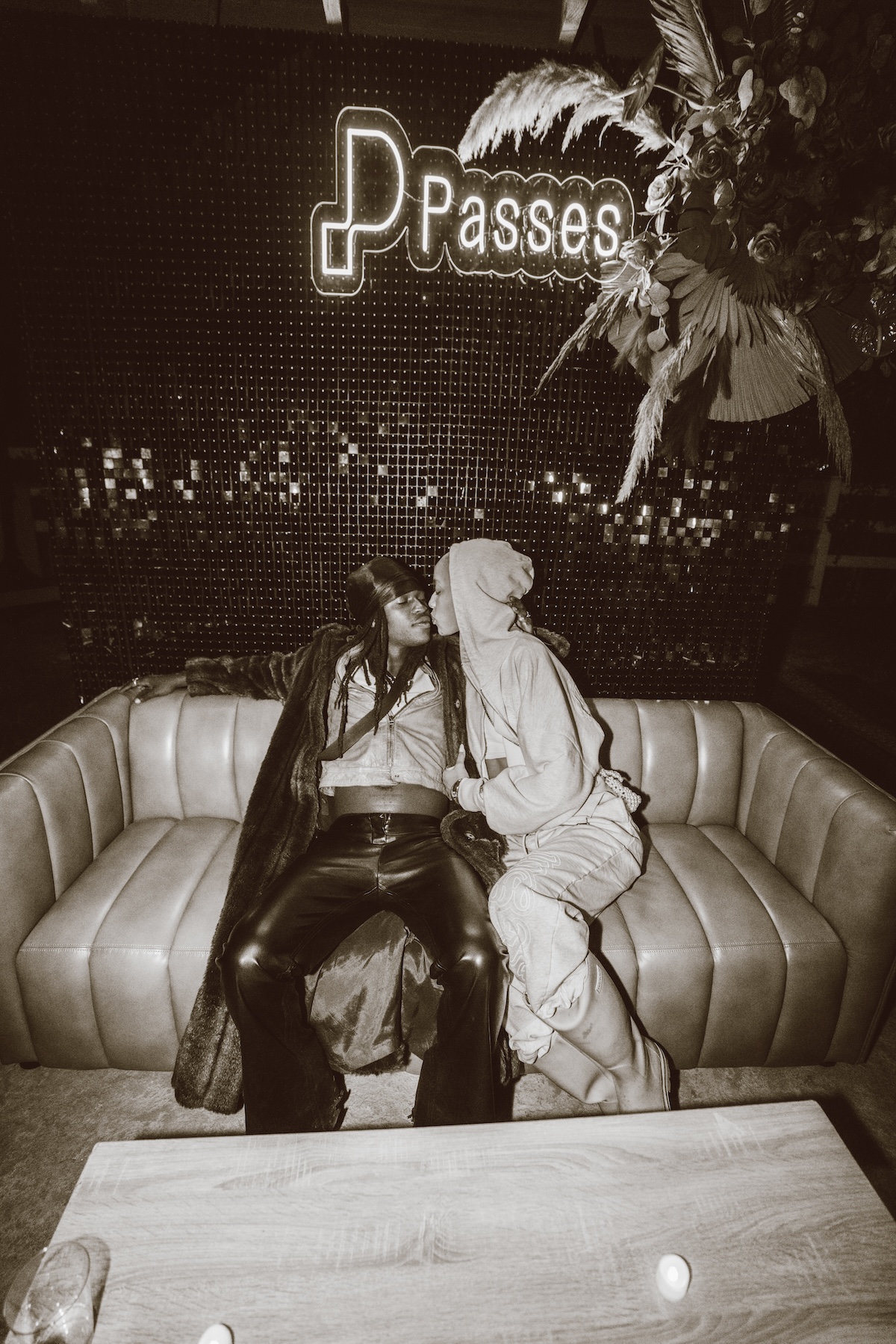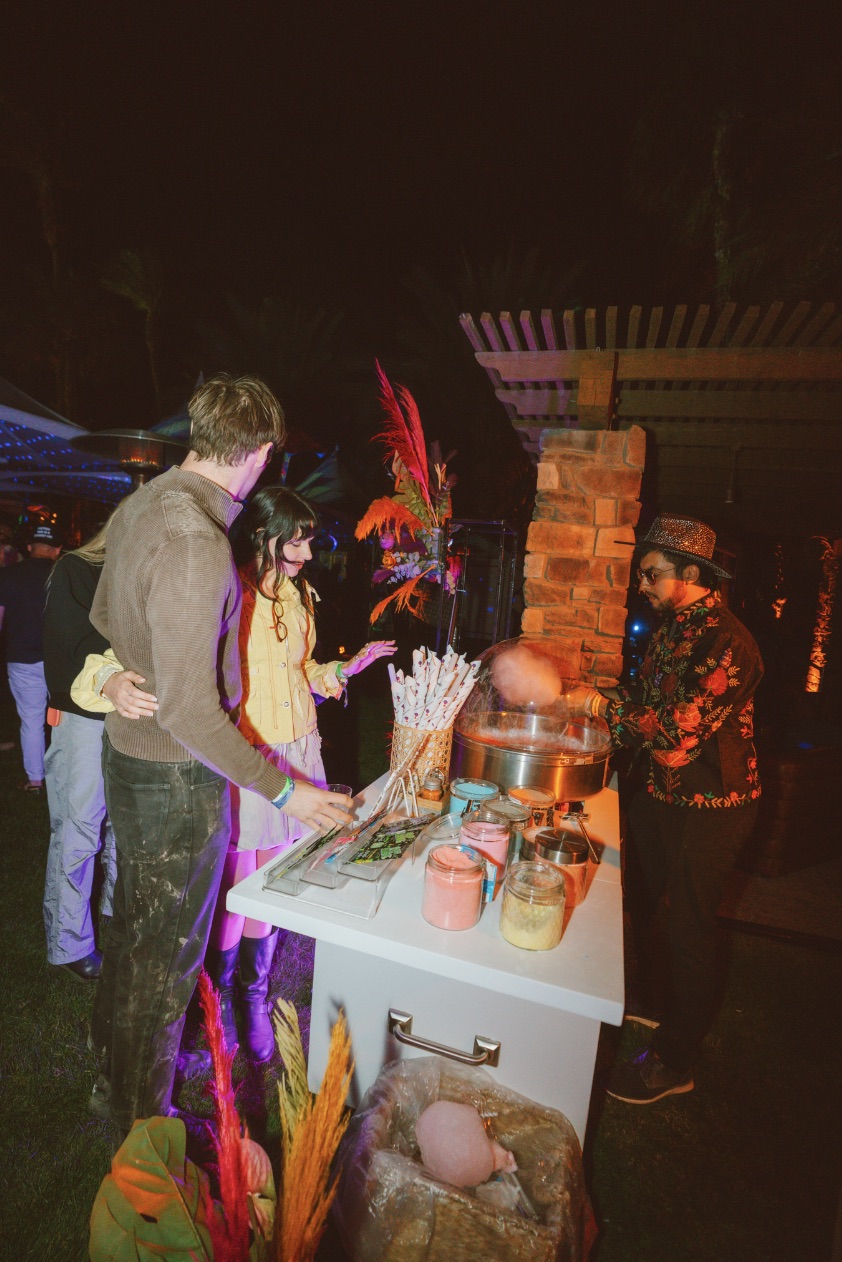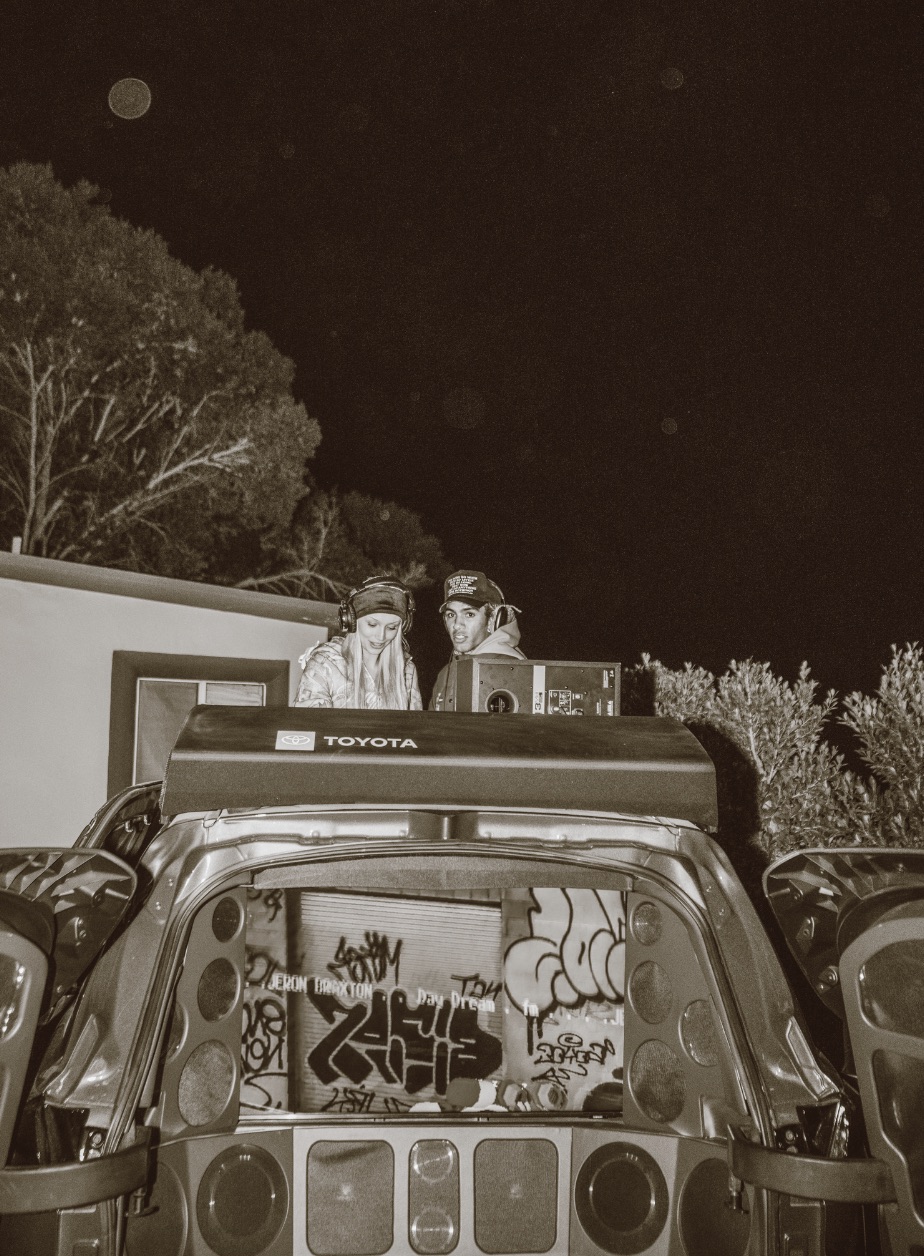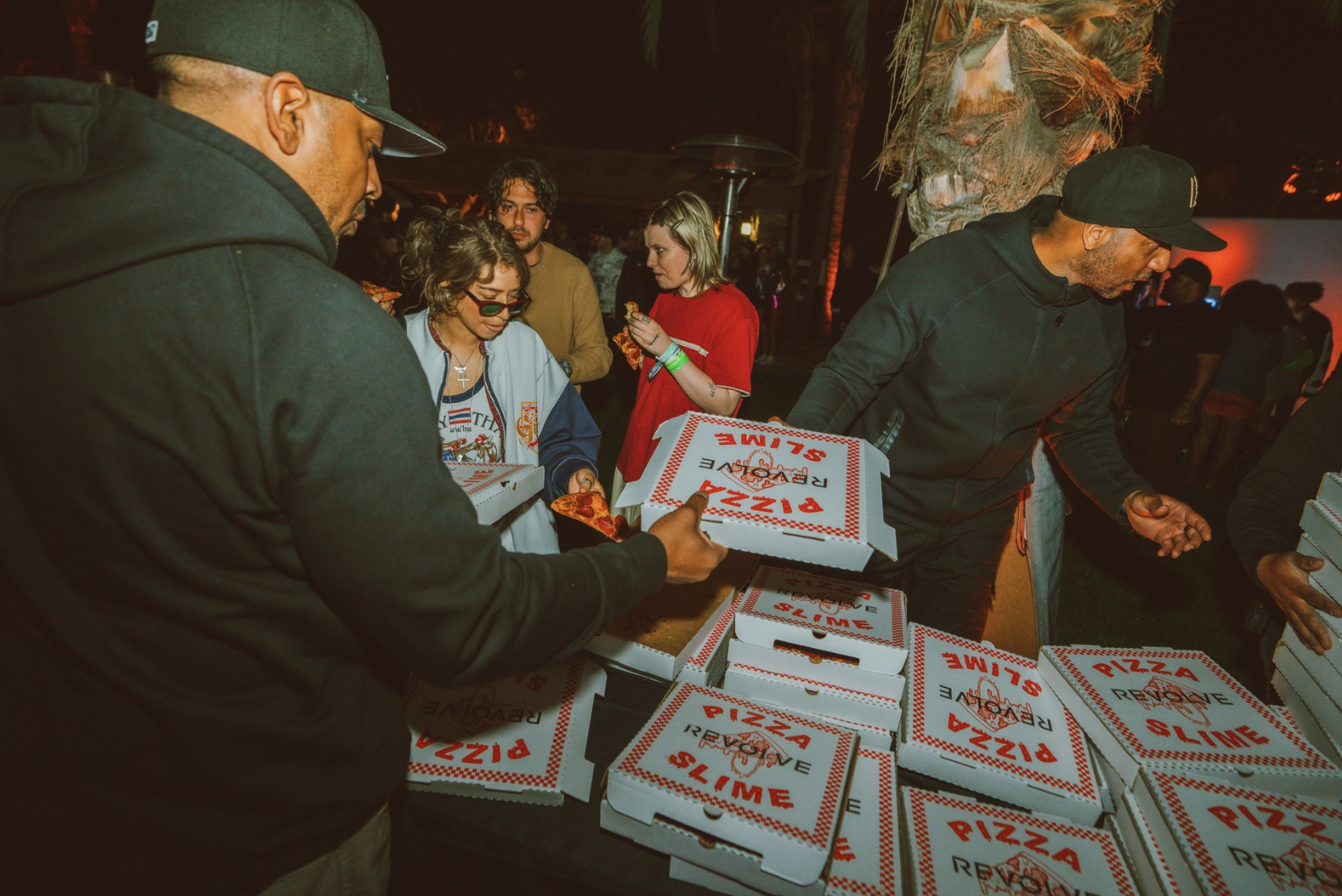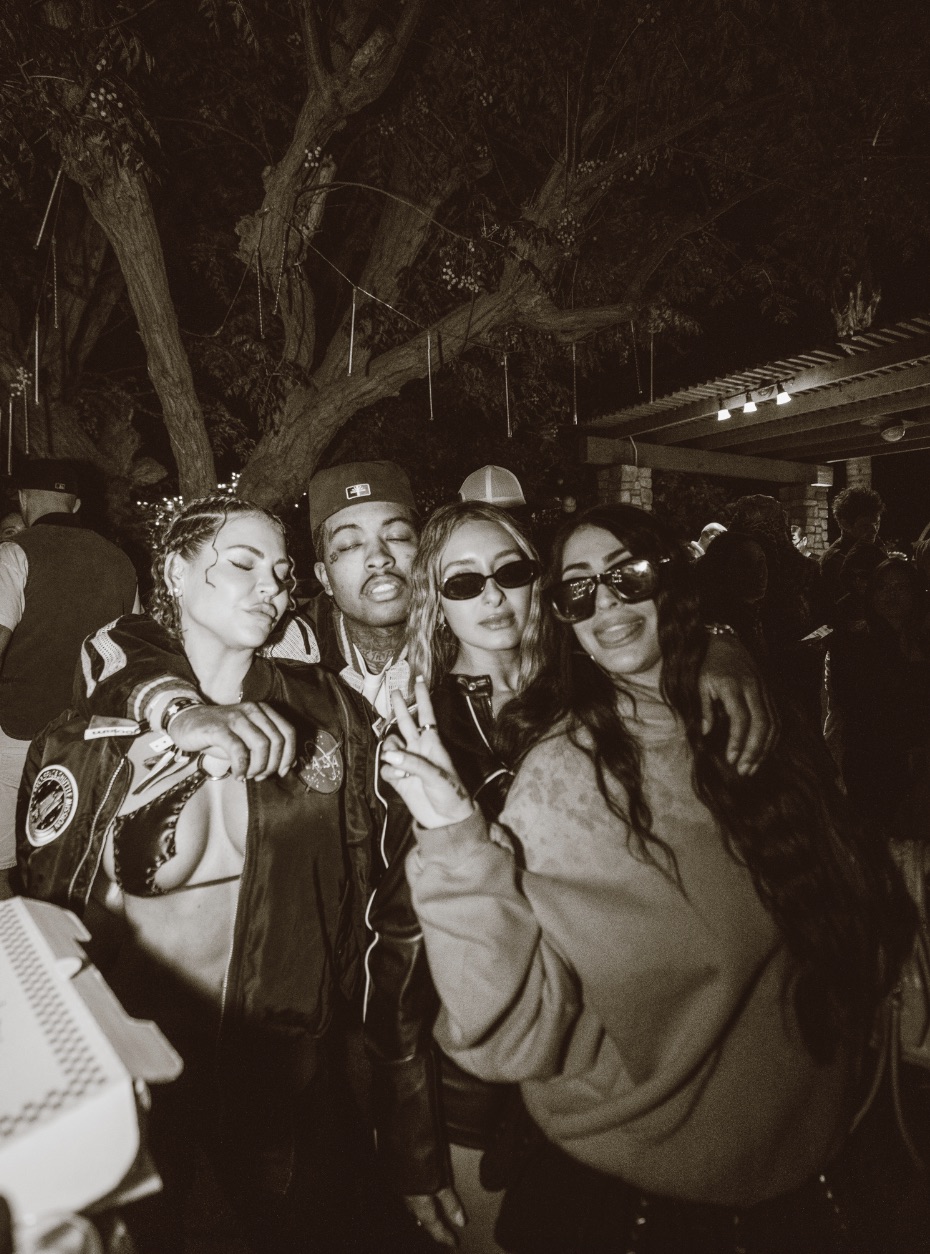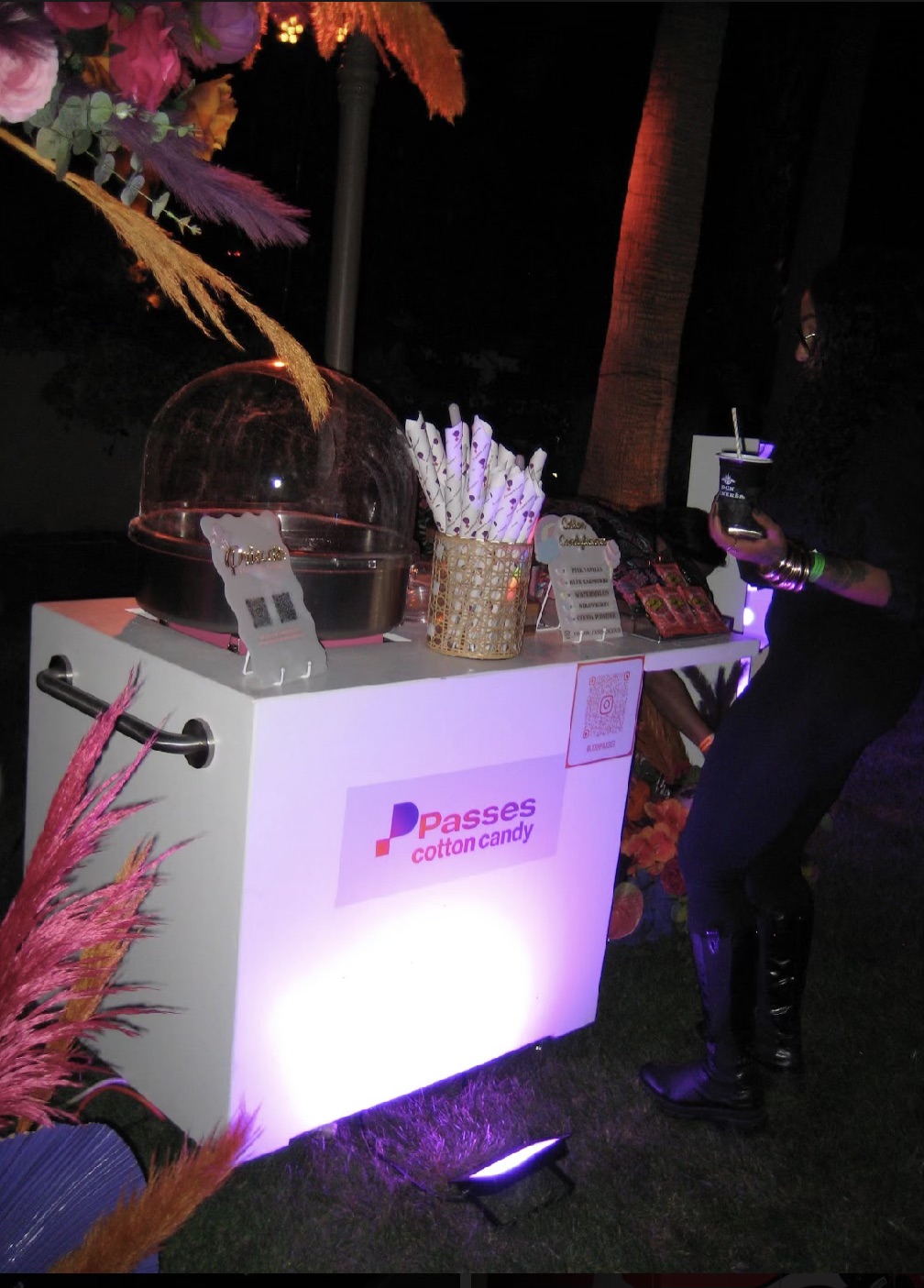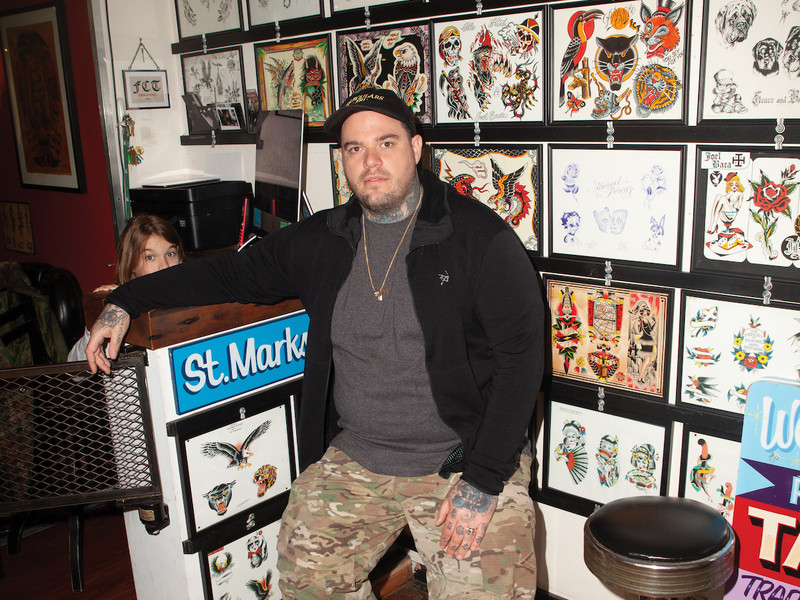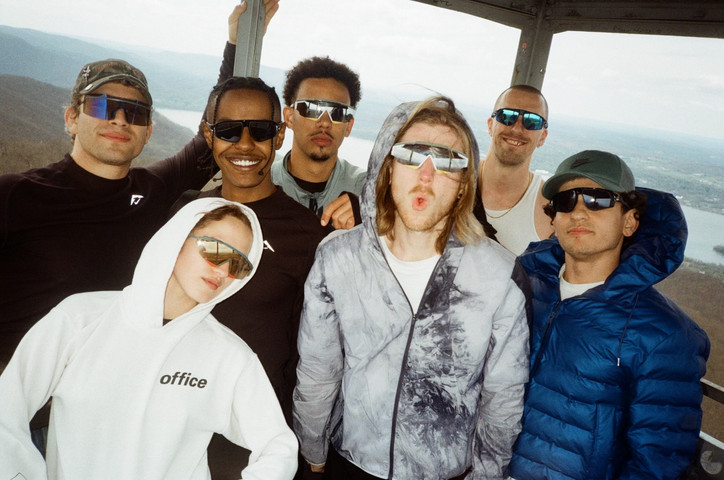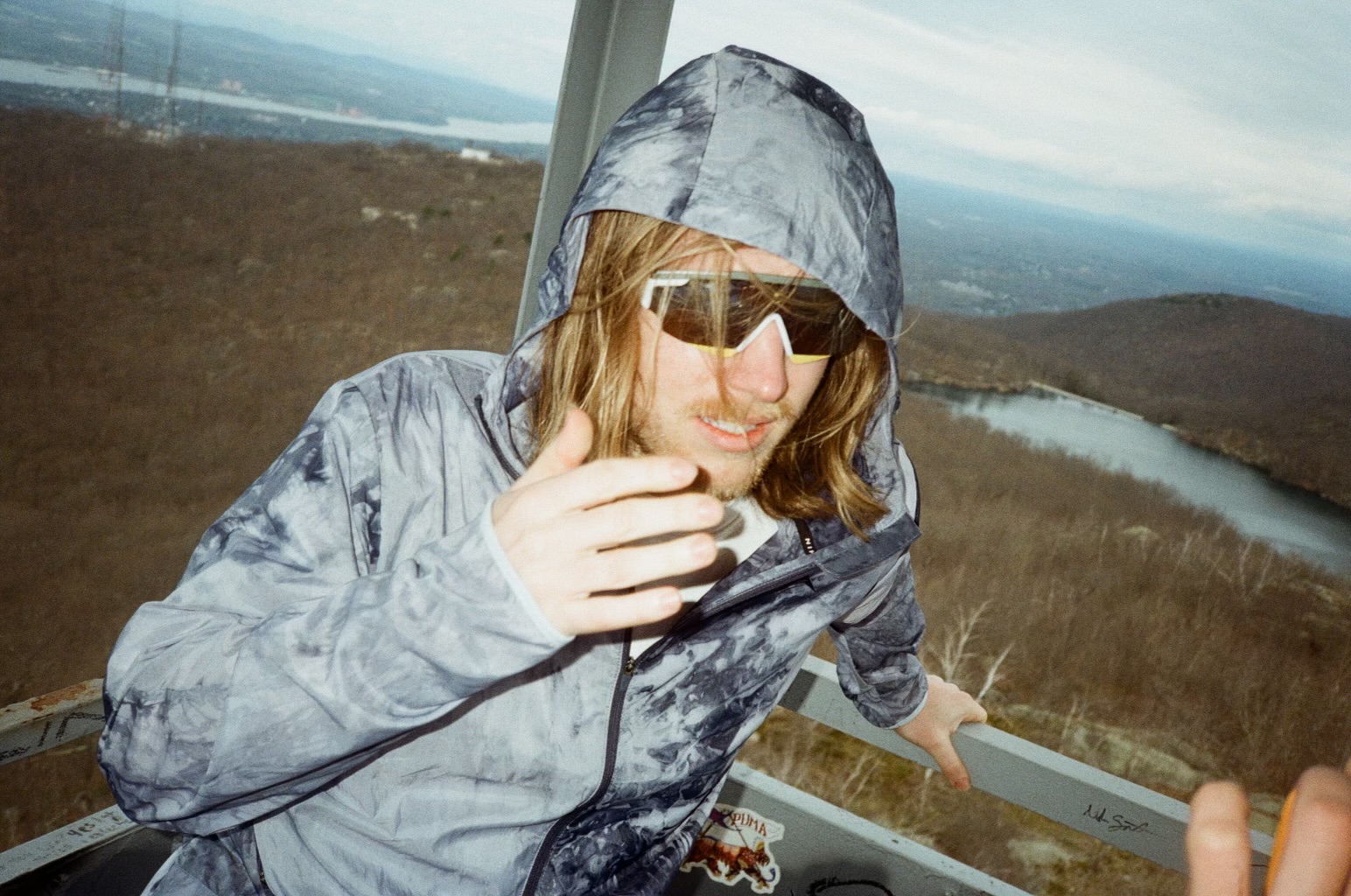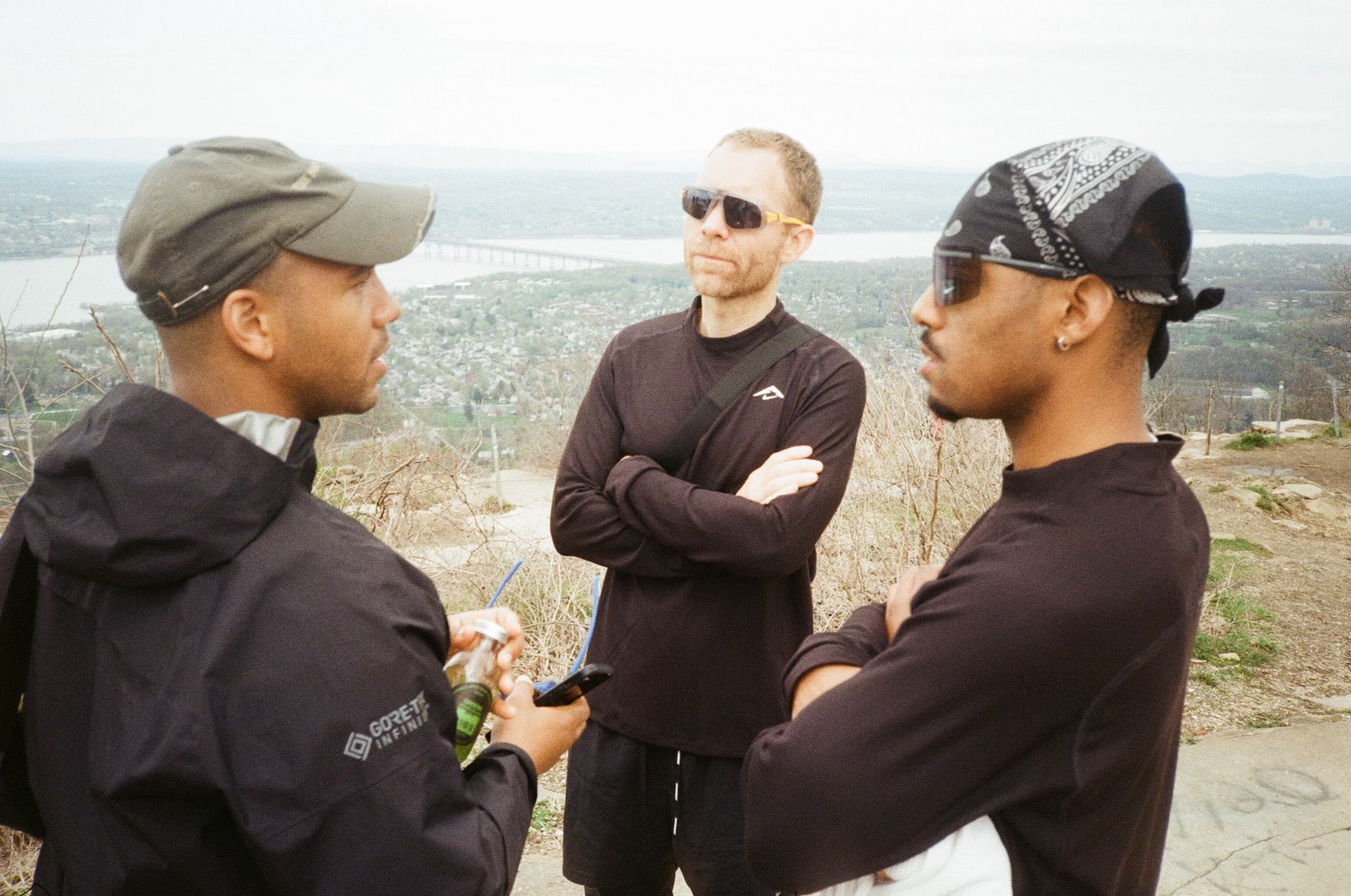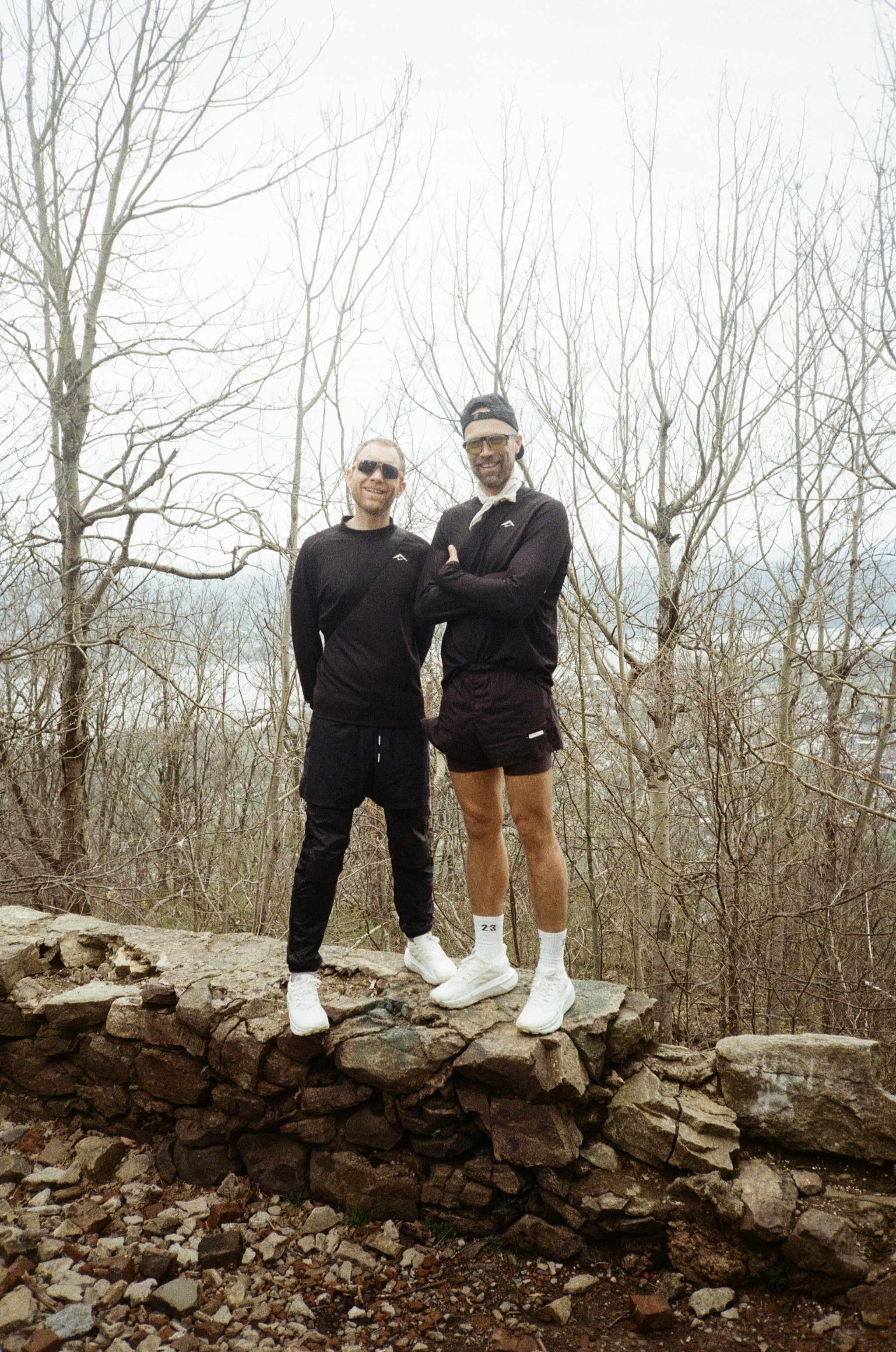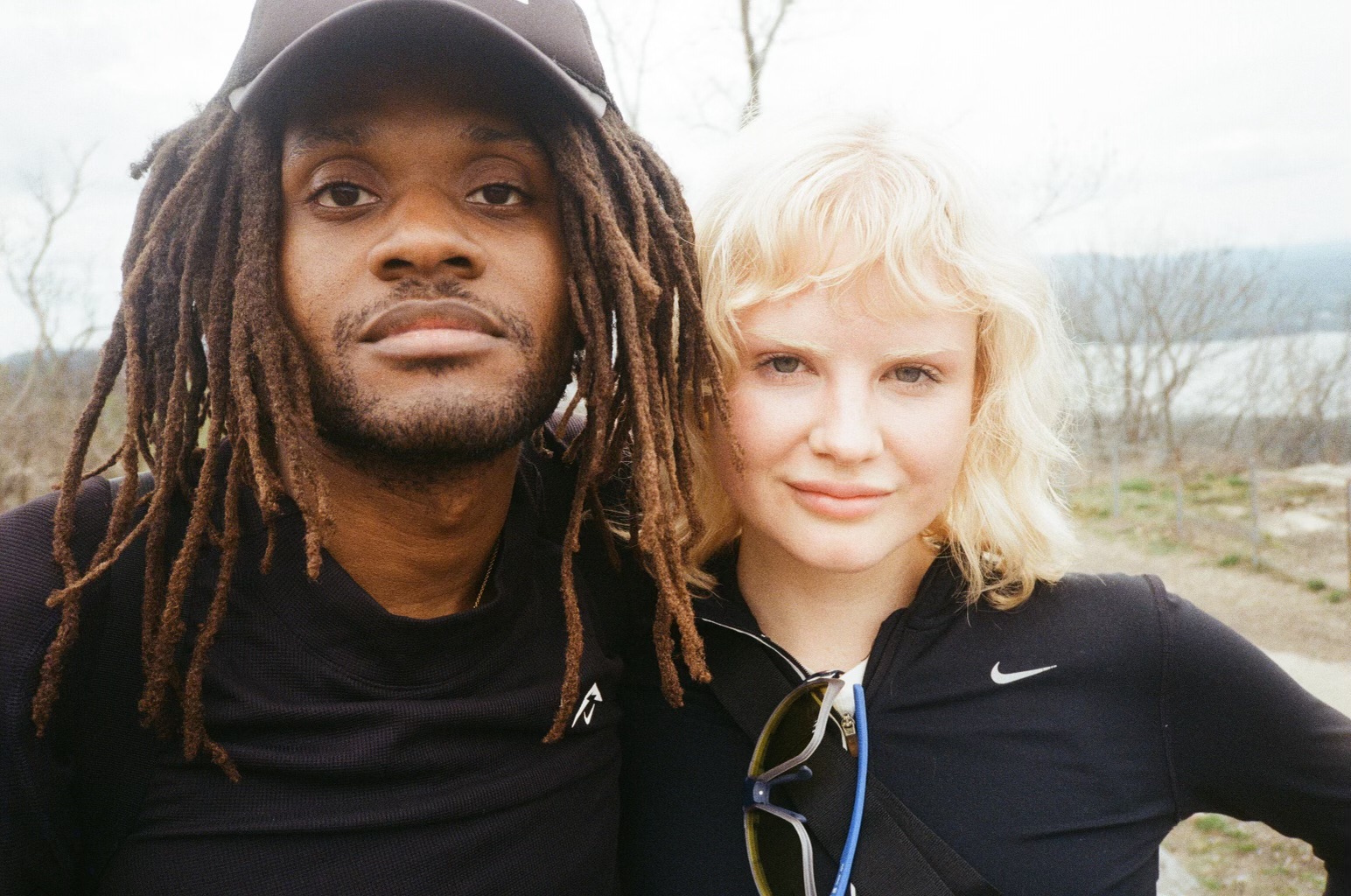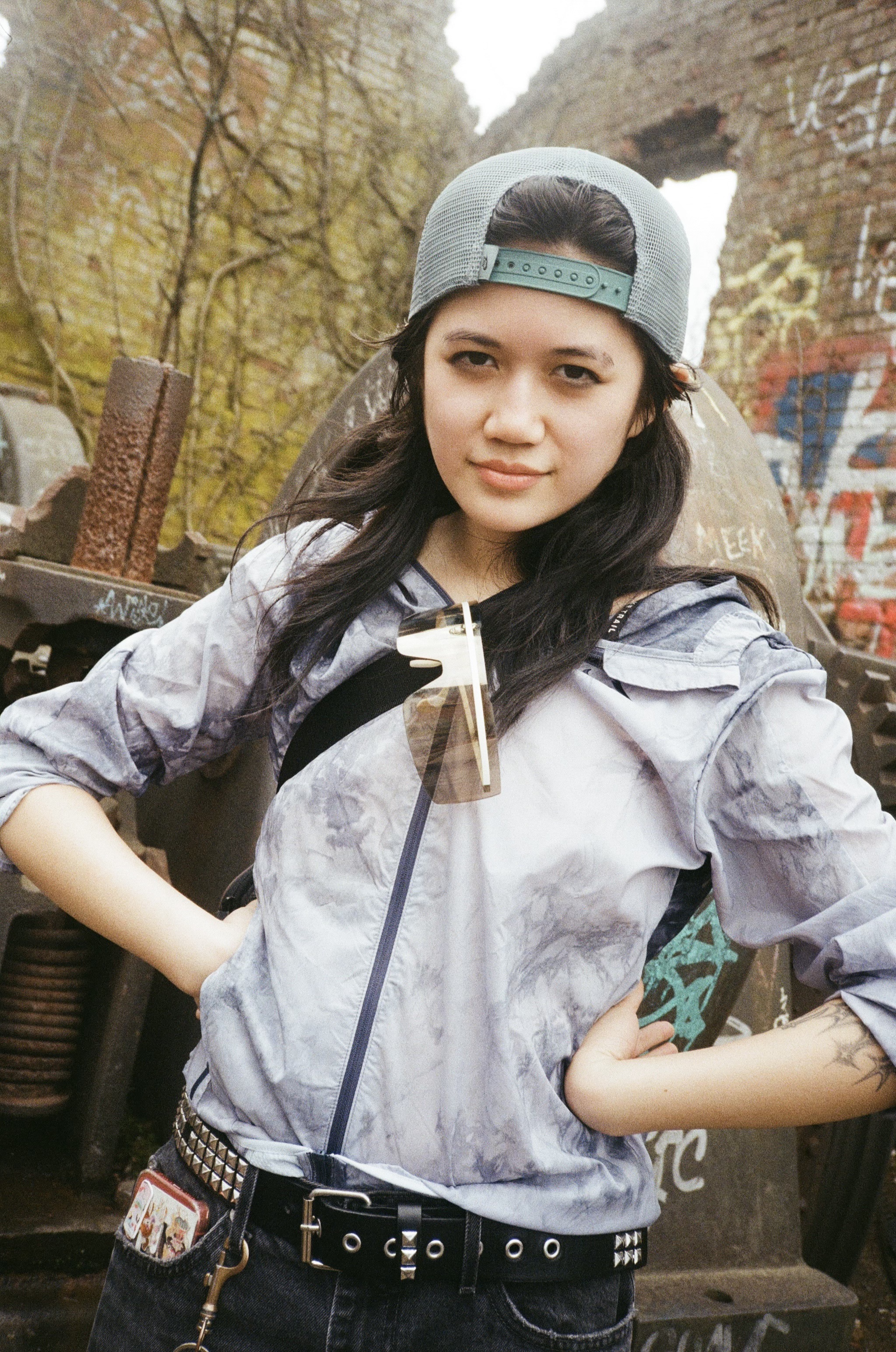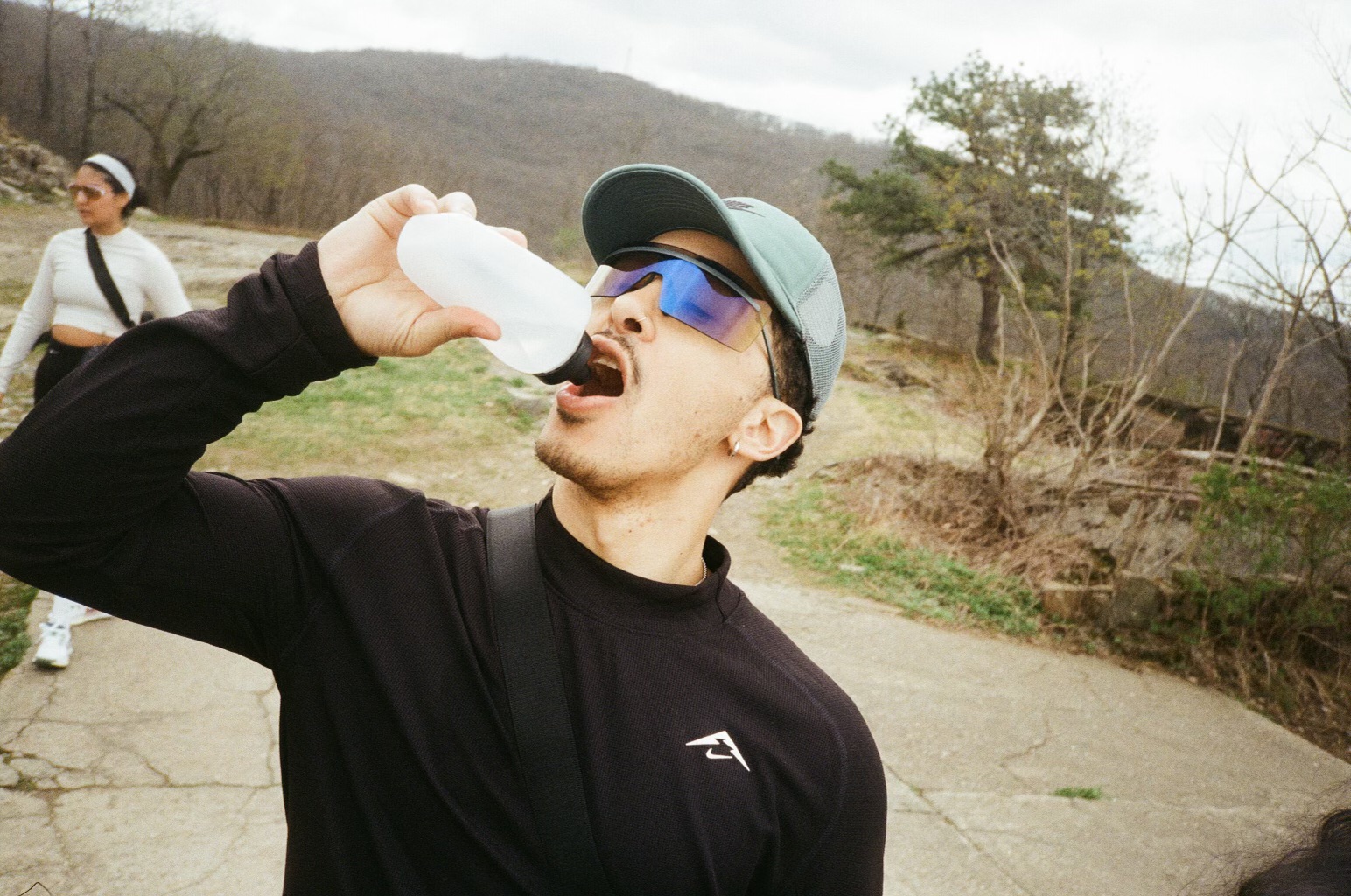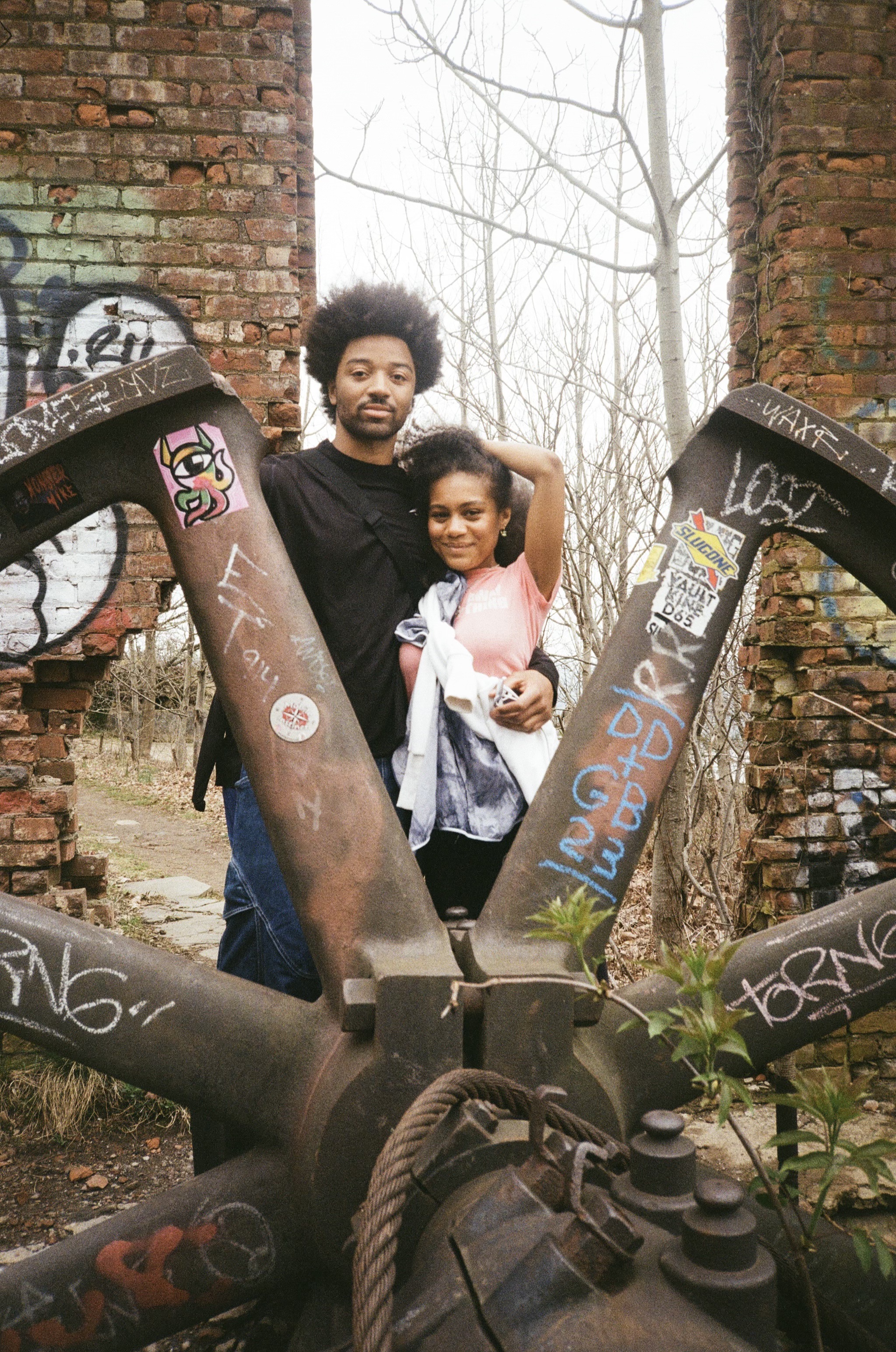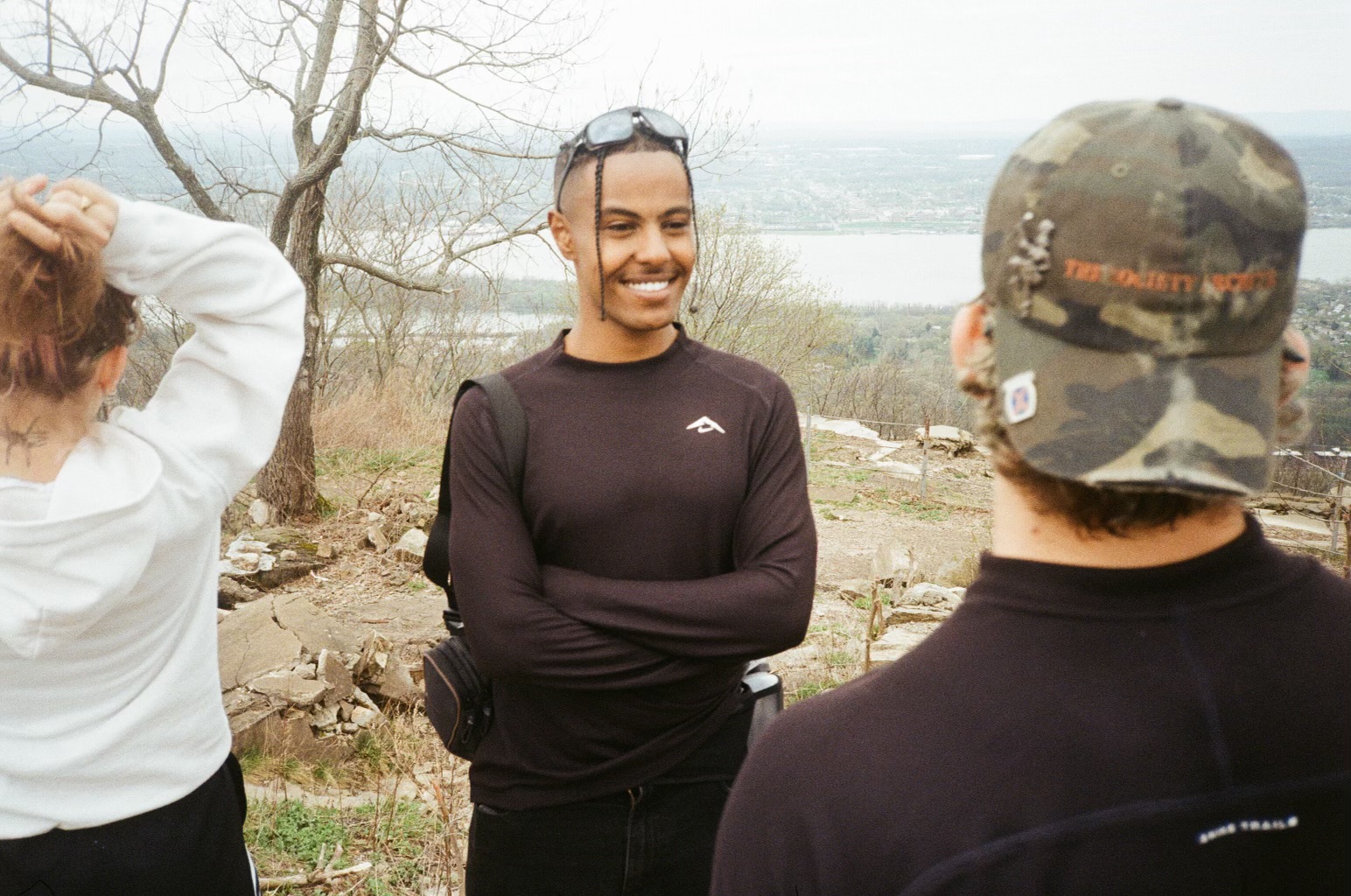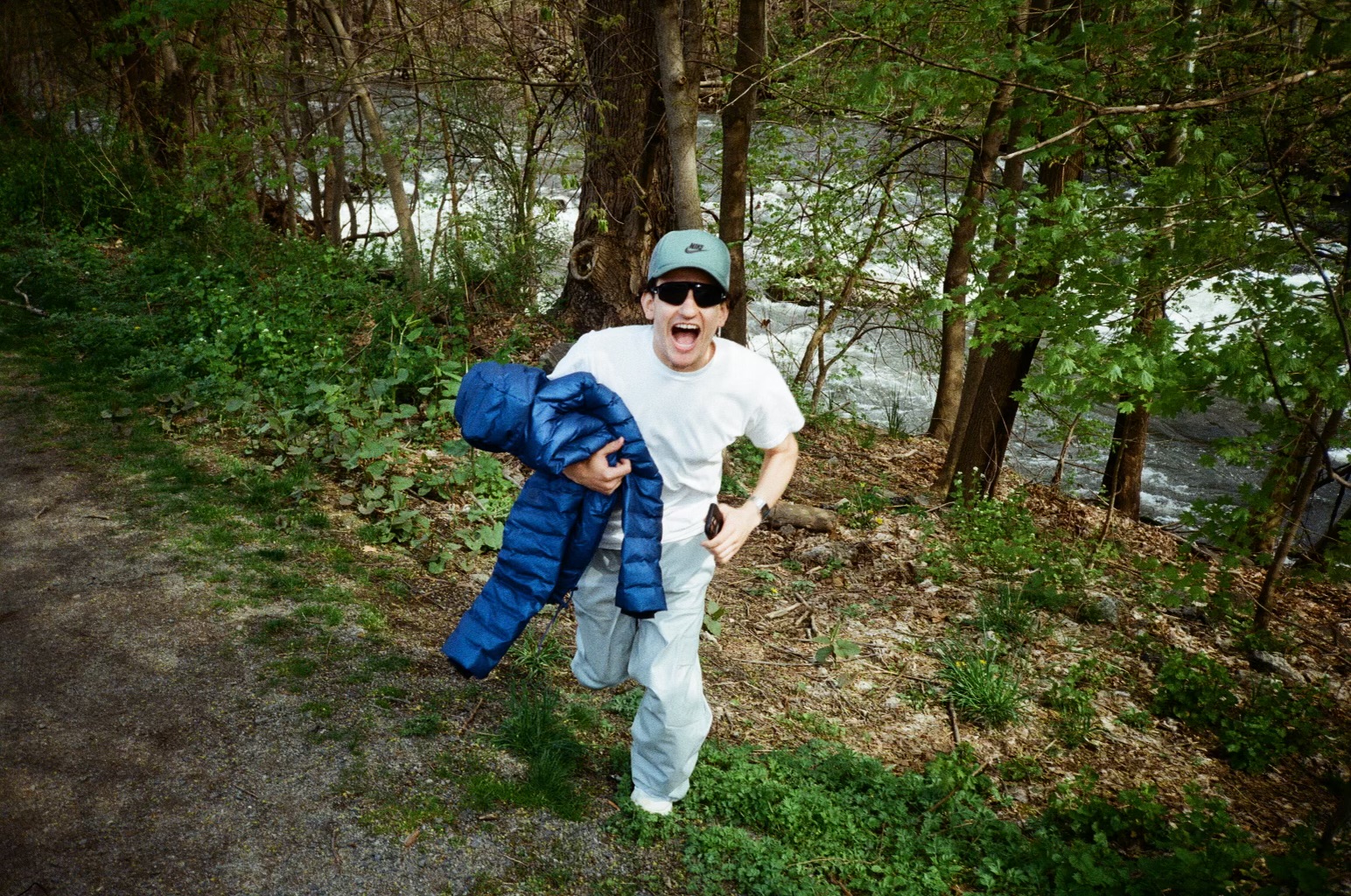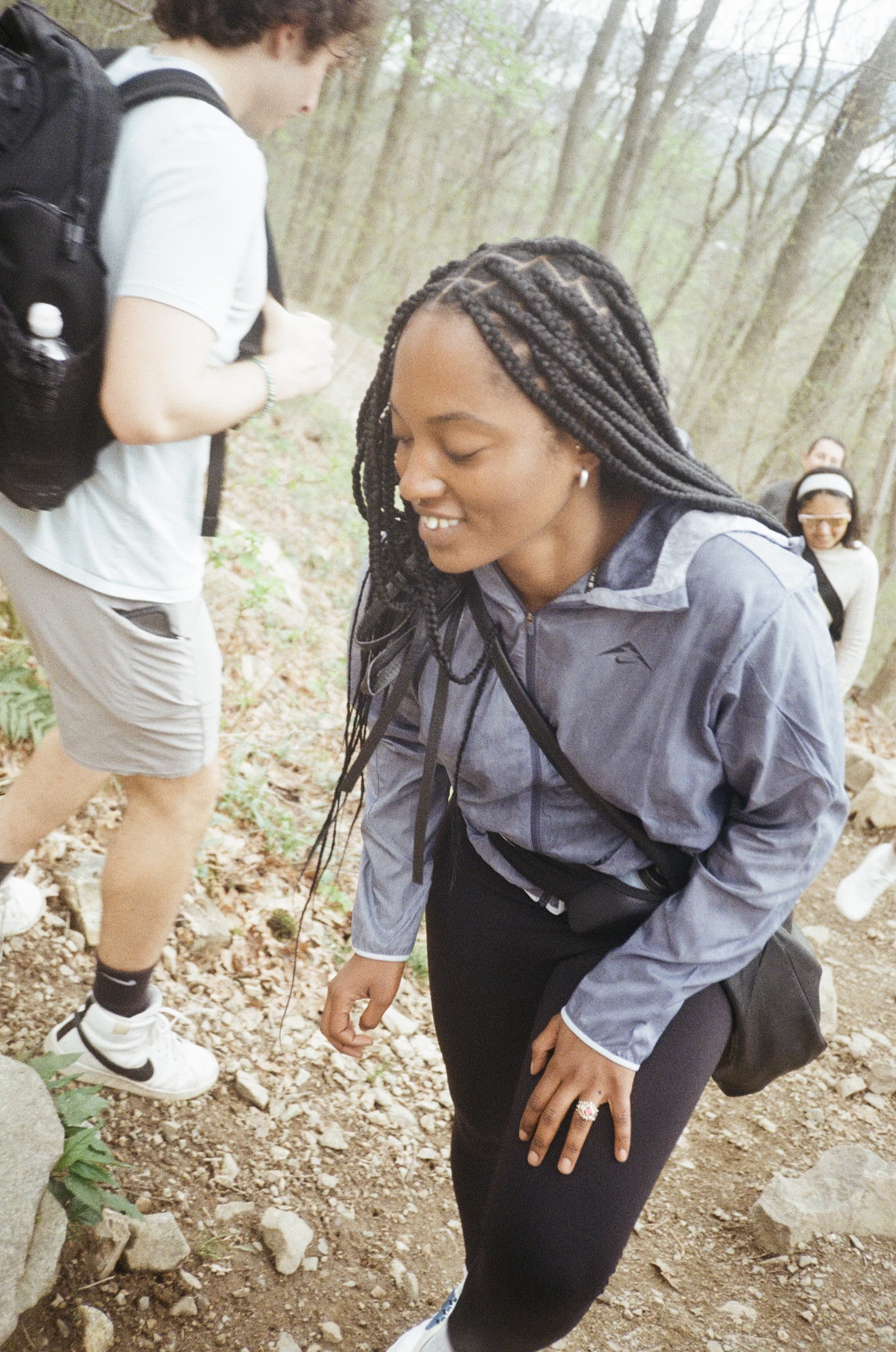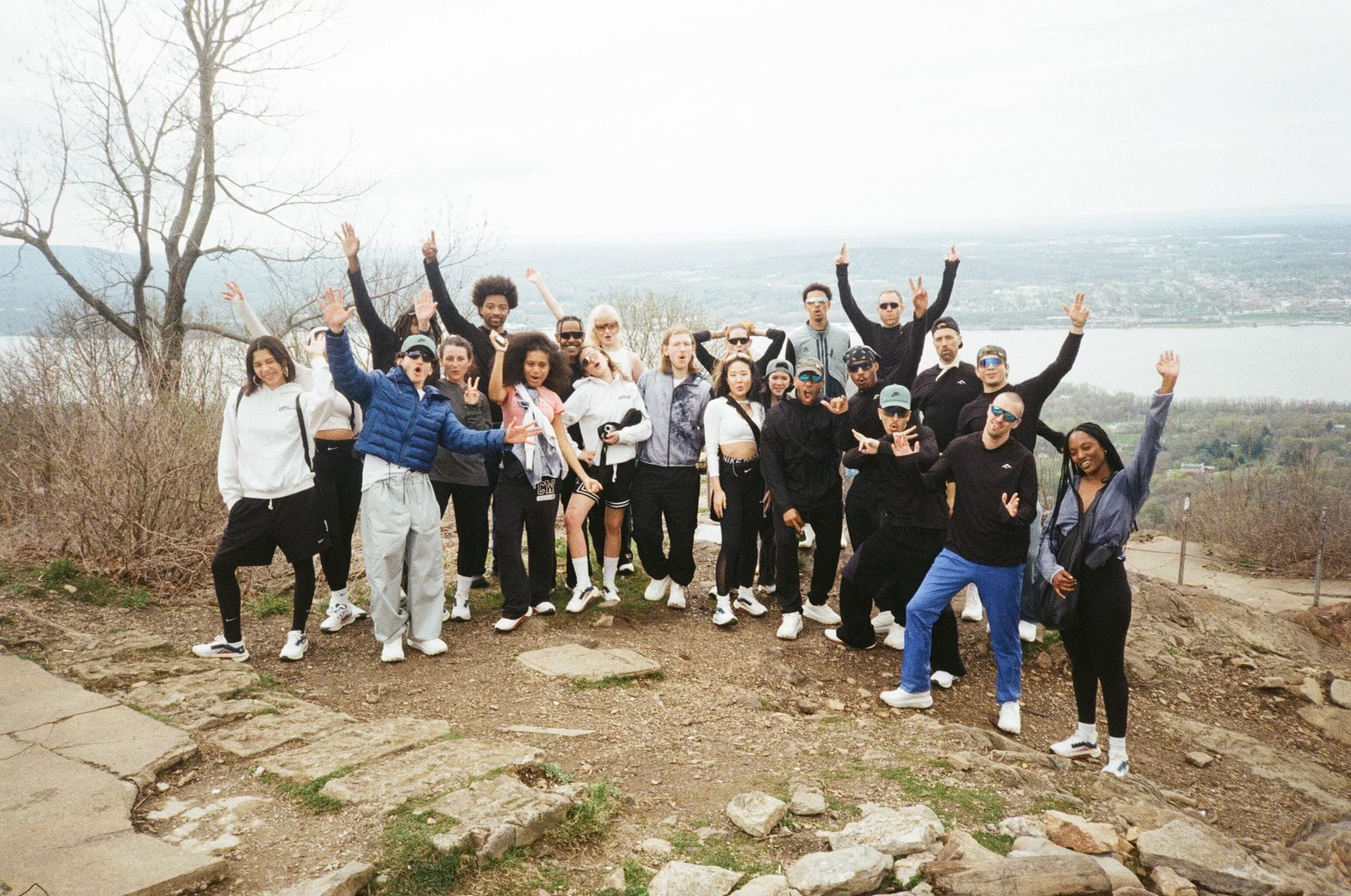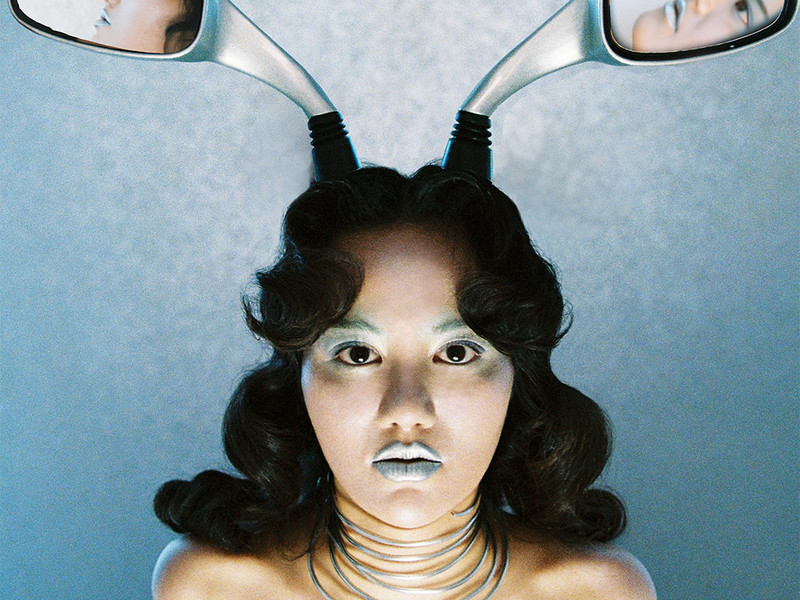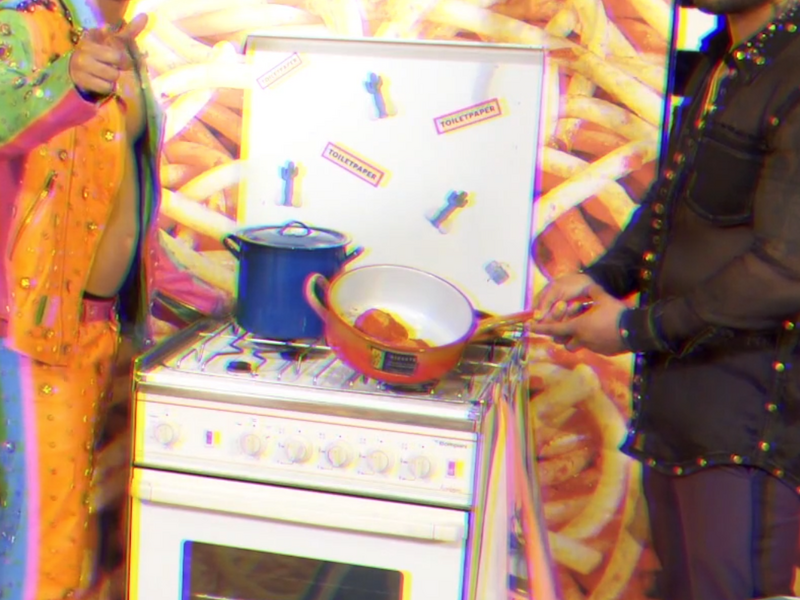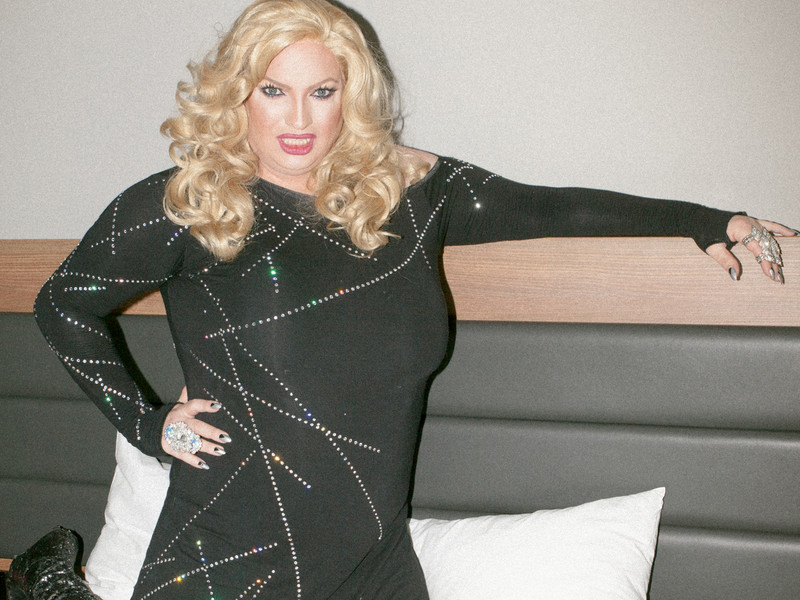Proclaimed Cinemotographer 'Chivo' shoots for Lavazza
You're known for your work using natural/available light, using lighting to evoke or perpetuate emotion. For the calendar you shot multiple images of each subject throughout the day..
Yes, the most important things for me when shooting the calendar were - the subject, the story of the subject, the light and the fragile locations. All the locations were picked from conversations I had with the artists. When you see the calendar it’s a little bit like a puzzle. I wanted all the photos to have a different feeling, to be able to express what was particular to each one of the artists/activists through different light and the different locations. And if you look carefully in the calendar, you can see the different angles of the sun and different angles of the light and the colors of the day.
What time of day/lighting do you respond to most? What emotions does this time of day evoke for you?
Particularly the times that I like the most, that I find the most mysterious, the most poetic and interesting, is the tuscan tones - either very early in the morning or once the sun’s set. In fact the photos that I shot of Saype were shot at like 4am in Alaska. For some reason I just like that time of the day, I think it’s a time when your iris is really wide open and you can see colors you otherwise cannot see. And you can see depth in a different way. They feel to me the most mysterious and the most unused because it’s so hard to shoot at that time, there’s almost no light so cameras don’t respond technically the way you would like. It takes more time, and I would say more knowledge, of techniques to shoot at that time.
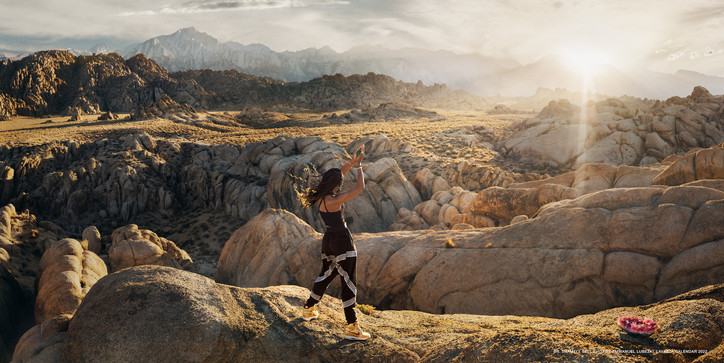
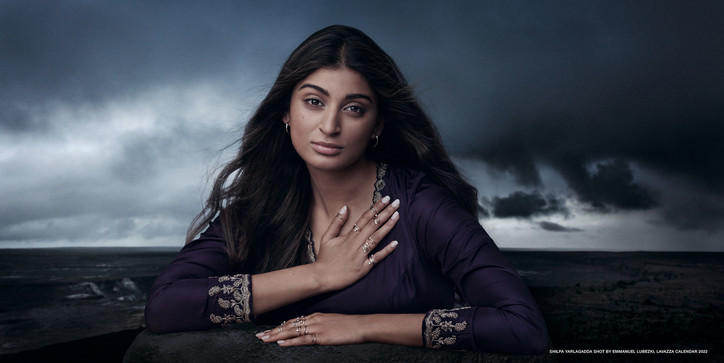
There's something very captivating about how you seamlessly shift perspectives in a shot to show the perspective of the talent and the environment simultaneously. How did you incorporate this in the calendar shots?
In some of the shots I wanted you to feel the way I was feeling when I was shooting the photo. And that’s why I picked that aspect ratio, because it allows you to see the artists very close but also to see the environment where they were photographed. It is not easy because you have to work with a certain depth of field and equipment that allows you to do that, but it was a challenge I wanted to take. And again I wanted to feel that if you make these photos really large, the way you would watch a movie, they would hopefully be very immersive.
Typically the world in which the character is in tells us a lot about them or how we should feel about them. In Revenant you chose the forest in BC for the bear fight scene because of the tall trees, giving an exaggerated perspective to Leo’s size and his vulnerability. This built tension and, I believe, an extra sense of marvel at his triumph. How did you choose the location for each artist’s in the calendar and what does this reveal to us about them?
I had a lot of conversations with the artists, the conversations at the start are very, almost feel superficial - where do you want to shoot? How do you want to be portrayed? What clothing are you wearing? And then from these conversations I can start to almost dig into their subconscious. And these took me into looking for locations. When I was talking to Ben [Harper] about his guitar, the wood of the guitar, the importance of this swamp came up. So I went to look for swamps that I could shoot him at - somewhere he was not going to be eaten by crocodiles - and I presented the photos to him. His reaction was very visceral, he said, ‘Yes, that is exactly who i am! The wood of my guitar comes from here and the sound of my guitar comes from here’. And even though these conversations were slightly esoteric in a way, not very clear, it helped me dig into who they are, how they see the world. Funny enough, I found out the location was a few miles from where the first slaves came to America, where music was brought from Africa - that became blues, that later became jazz, that later became rock, that later became Ben! So there were all these interesting coincidences that I think, even though I don’t like to talk about the photos or explain all these things, I’m always hoping the audience will pick up on or maybe I’m hoping too much, ha!
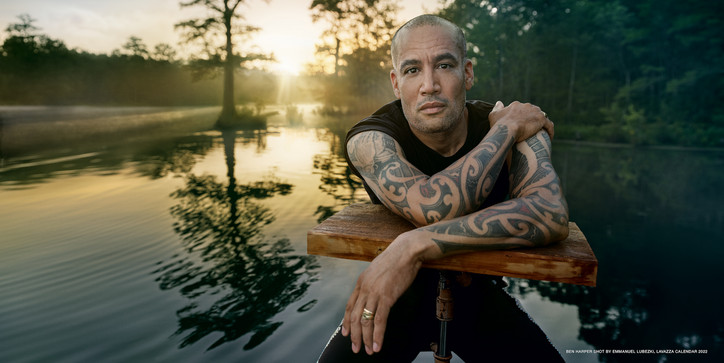
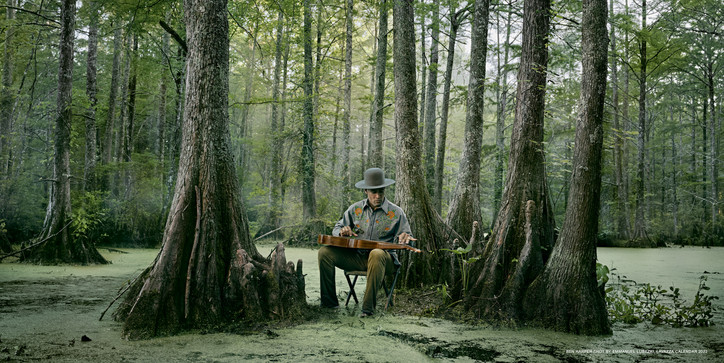
Well it’s interesting you say that because you know the old law of attraction, we are drawn to certain things, and sometimes you don’t even know why, and for him to be so drawn to that location without knowing the history..
When you see the images there’s some ambiguity but when picking the locations it really came from within their, I don’t know, their subconscious, the things they reacted to in a very primal way when I showed them the location options. You know Cristina [Mittermeier] said she, ‘I really need to be shot in Mexico, I have to be shot like a woman. Everyone has shot me as a diver many many times where I’m completely covered in equipment, I would like to be in a dress with flowers like Frida Khalo’. So we went to Mexico to shot her like that and it came out so mythical.
You know I’m a cinematographer so I usually work with a director. I would say what I do is listen to the director and I try to help them translate their ideas into images. So I made the artists/activists the directors and tried to turn their ideas into photographs.
What were some of the secrets embedded in each shot?
For example, Saype he wanted to be shot in the grass because he’s used to shooting there, thats where he feels very comfortable but when I saw the entirety of the calendar I didn’t want to shoot another green environment. So I invited him to go to the ice. What I love about the ice, the secret about the ice is that, well Saype’s work is very ephemeral, you can only see his work from high up and his work only lasts a few days or weeks because of the pigments he uses. So I said ok, lets shoot him in a very ephemeral place. The morning that we were taking the helicopter to shoot at this location and the location had vanished, the entire lake the size of football fields was just gone like into a toilet, just disappeared. But that’s why I wanted to shoot him in this type of location.
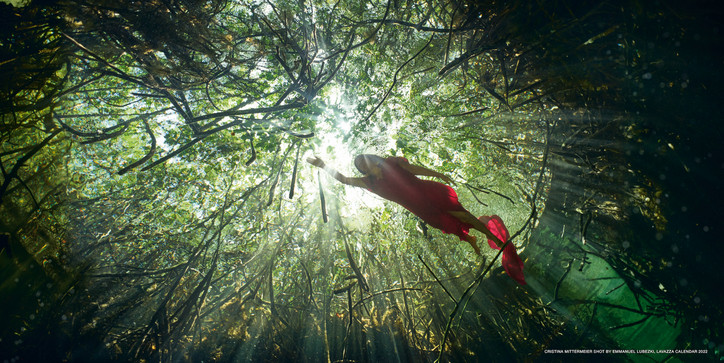
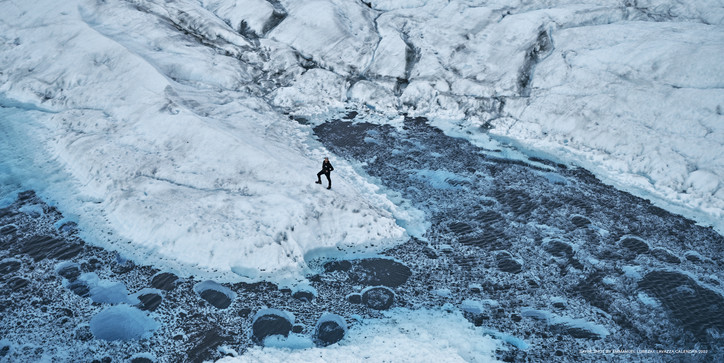
I was wondering what kind of environmental issues you had when shooting the calendar..
The whole shoot happened during the summer of 2020 and it was the hottest summer in the history, so we had tremendous issues. The last artist that I was going to shoot was Shilpa [Yarlagadda] and the location that we picked for her, we couldn’t get to it because the roads were so hot, the wheels of our car were melting. She wanted to shoot near a volcano because all the materials she works with come from the crust of the earth. We originally wanted to go to Iceland but we couldn’t because of covid, and then we picked this volcano that we couldn’t end up getting to. But it was kind of ironic that we were working with these artists that are so aware of what’s going on with global warming and global warming was stopping us from getting to the places we wanted to. With Cristina [Mittermeier] I wanted to have one shot in the Mangrove because the Mangrove is an ecosystem that is disappearing in Mexcio and it is almost like the lungs of the ocean, you know the water goes into the Mangrove and gets cleaned by this vegetation and goes back. And when we were shooting in Tulum, in the Sargases the seaweed was overtaking the ocean and it’s the seaweed that has overgrown because of the fertilizer in the Amazon. And that’s not explained in the calendar, I don’t know if that’s a mistake but I just hope the audience can feel it. Or when you go to research about Cristina [Mittermeier] that you can learn what she’s doing there. The objective of the calendar is in a way to amplify the voices of these artists and activists. And I hope we can achieve something from this. But you know I didn't want to go to a place that was completely destroyed. I wanted in the calendar to have a little bit of hope.
I picked up on something you mentioned in a previous interview where you eluded to the amount of waste when the set had been torn down after a movie. How do you hope the world of film will embrace eco friendly practices now and in the future?
You know sometimes we’re building all these sets and we are not thinking how to recycle. The film industry can be very wasteful but I have a feeling that most of the studios and more than the studios, most of the people in the industry are very aware and I feel change happening which is very exciting. In the last couple of movies and commercials you can see how important it is for the production not to use things like fuel, they are looking how not to waste fuel or wood, there’s more awareness. I just hope there’s enough time still.
How do you take your coffee?
Espresso, just espresso.
